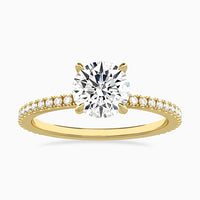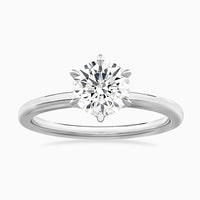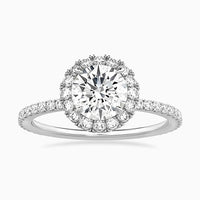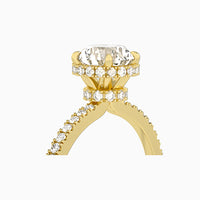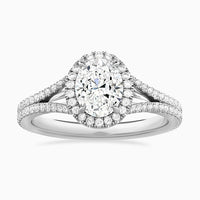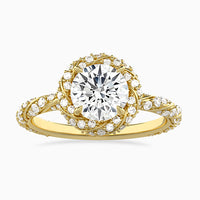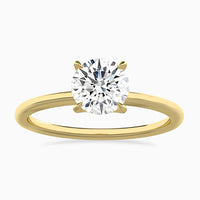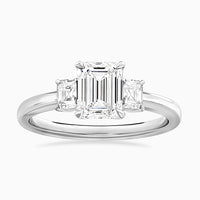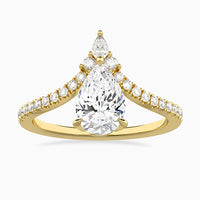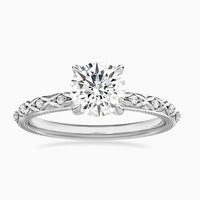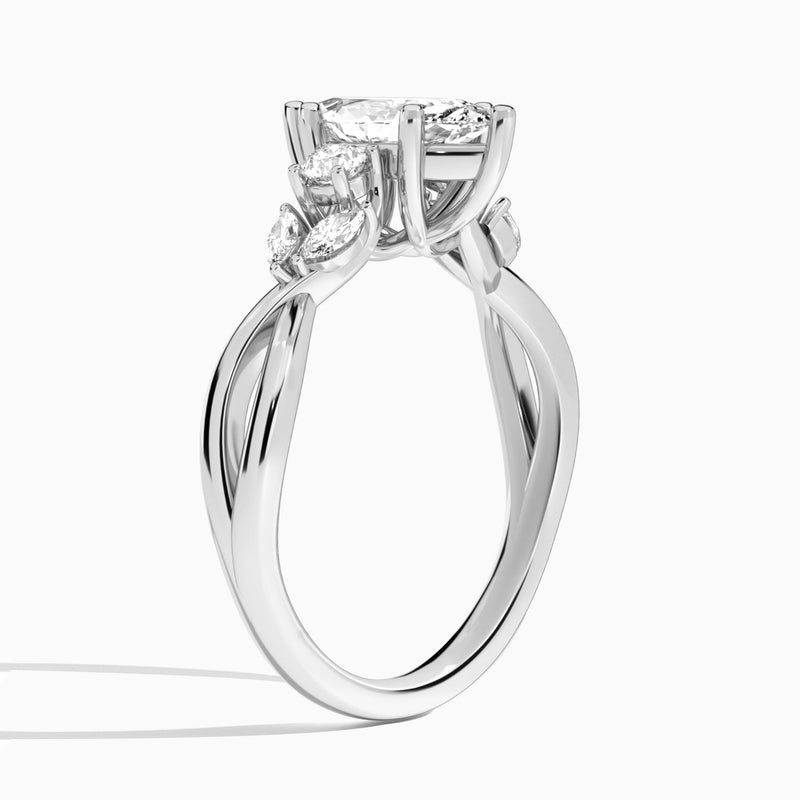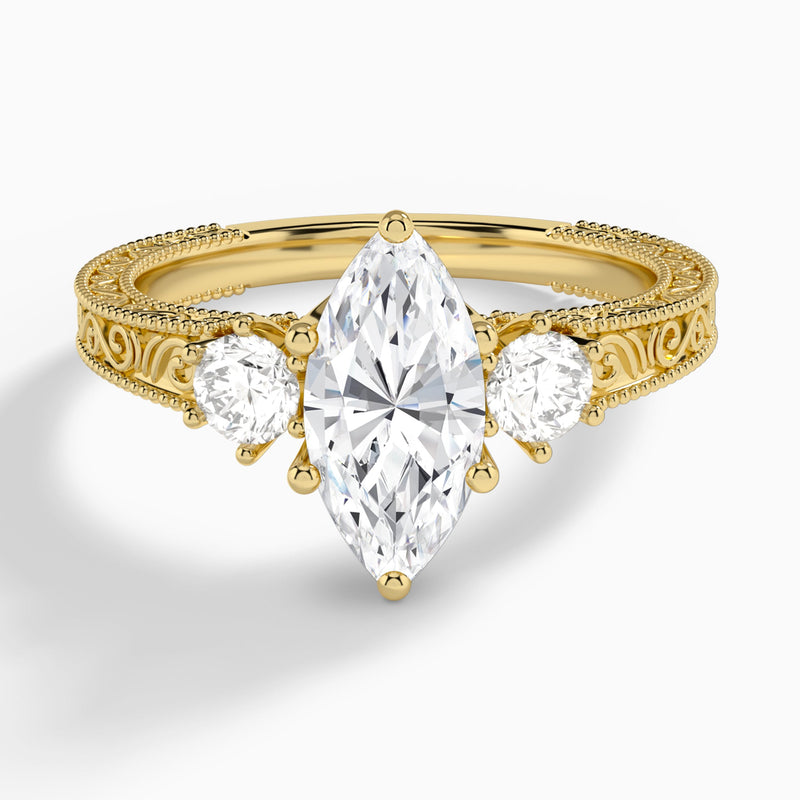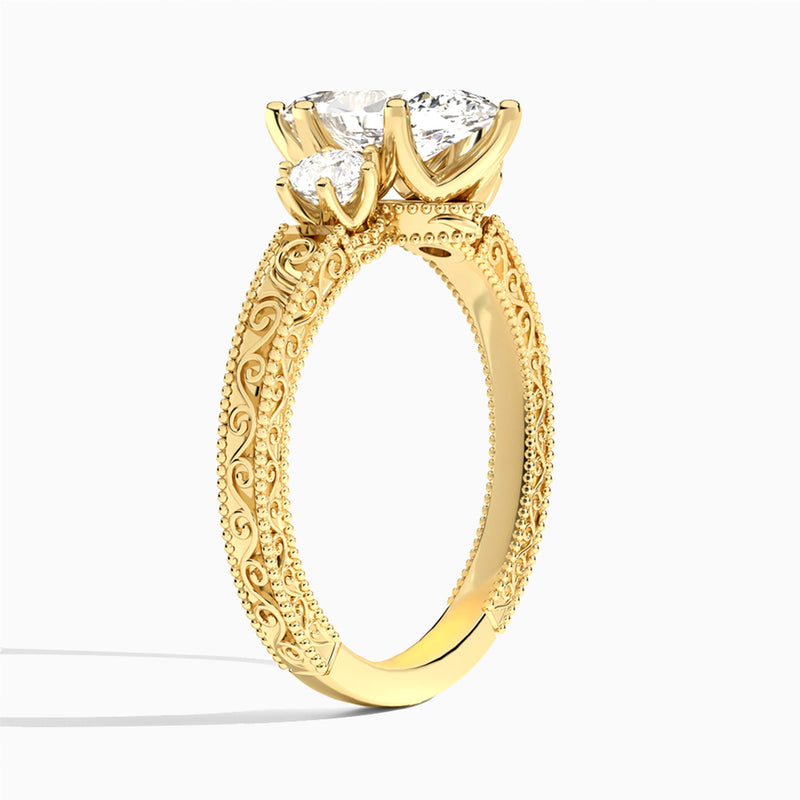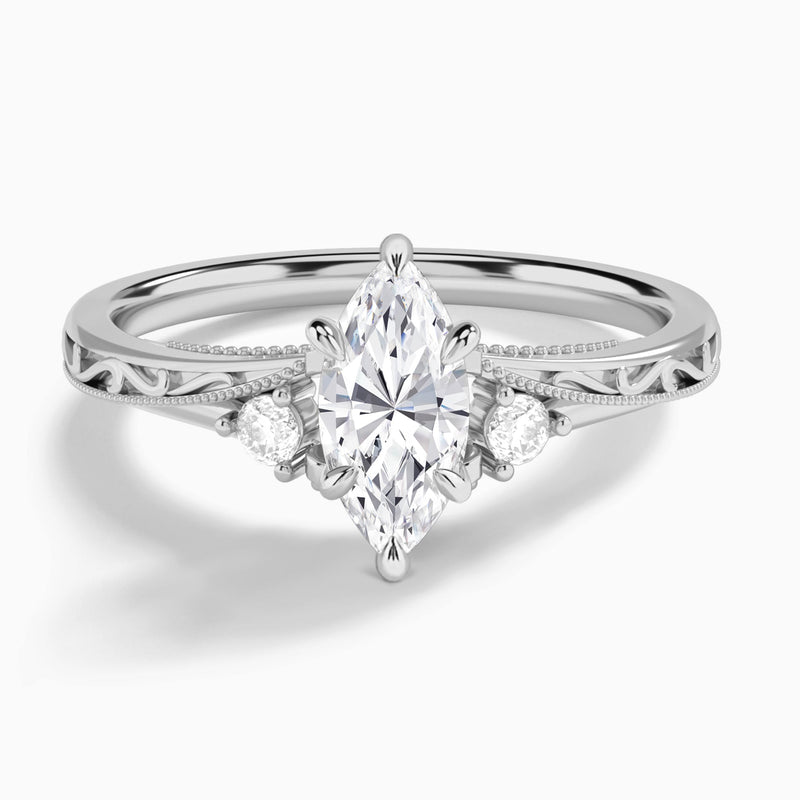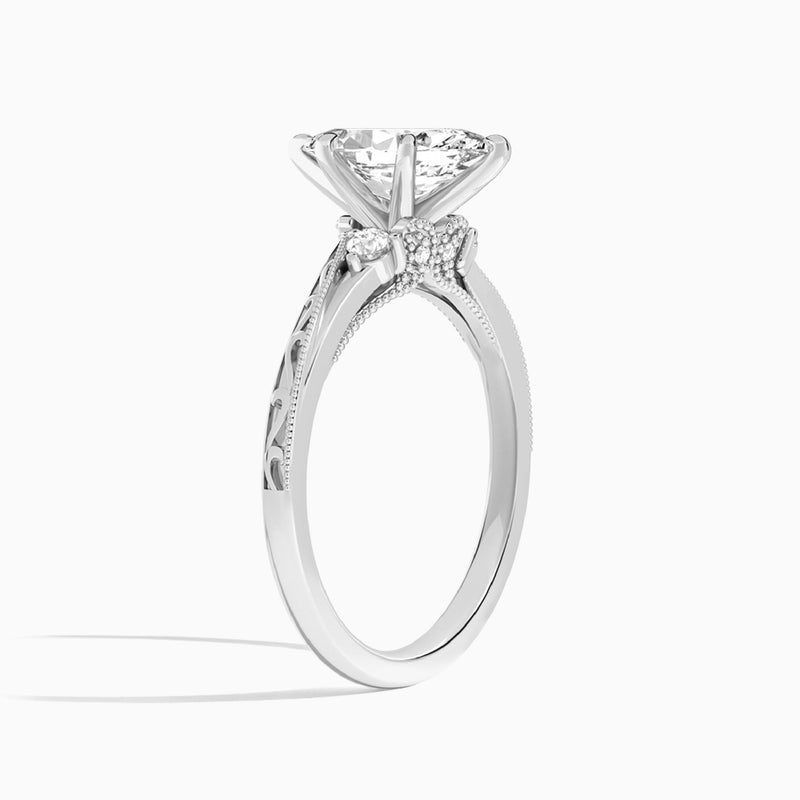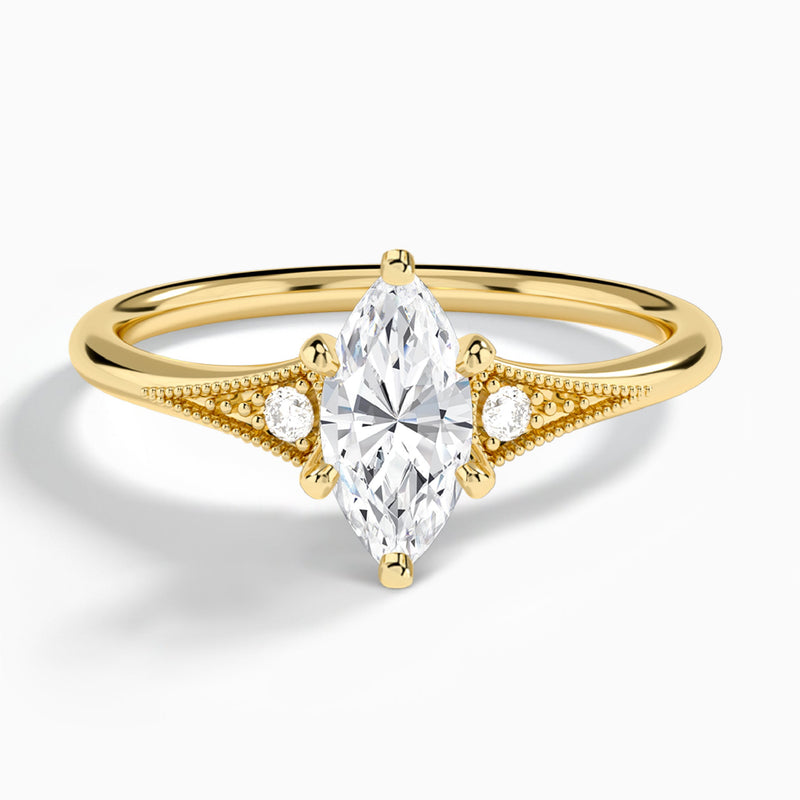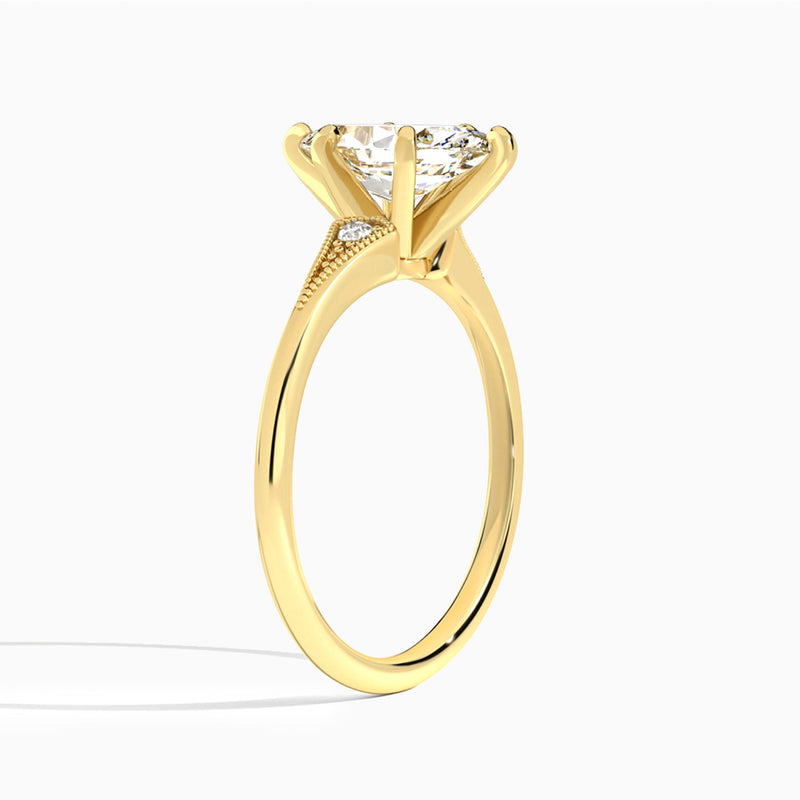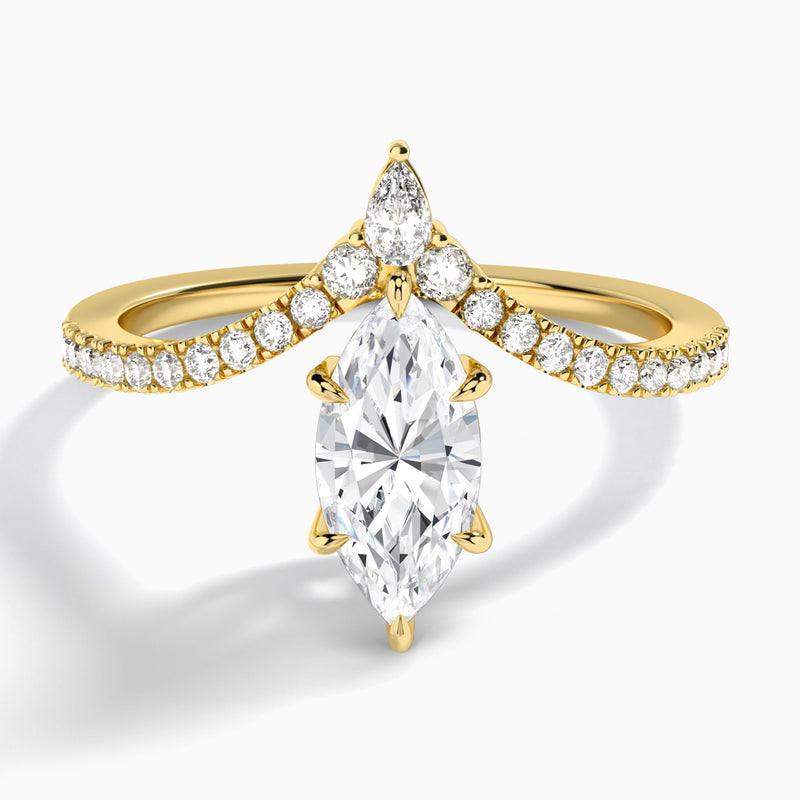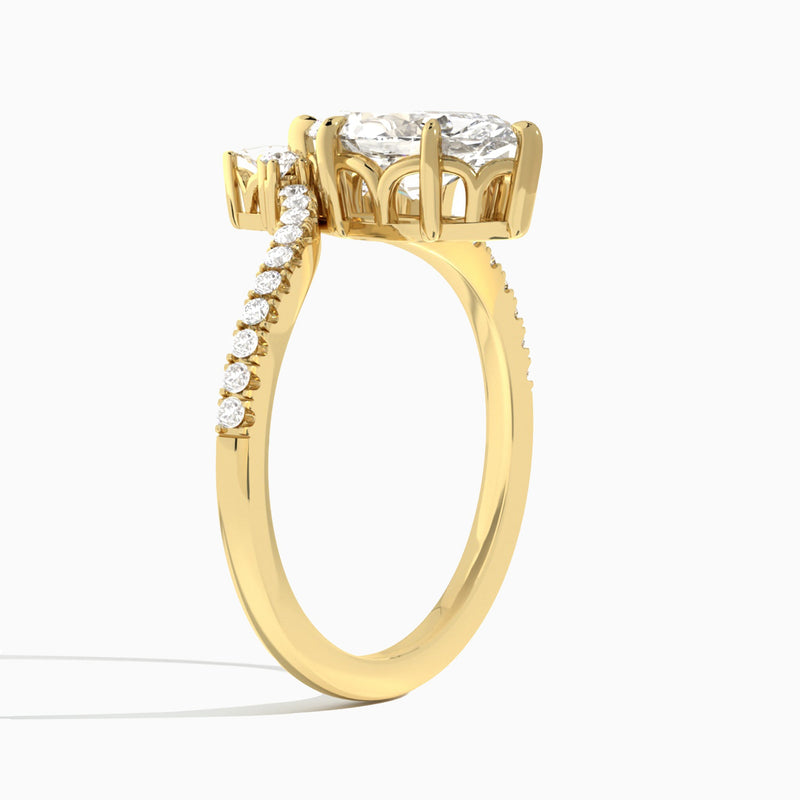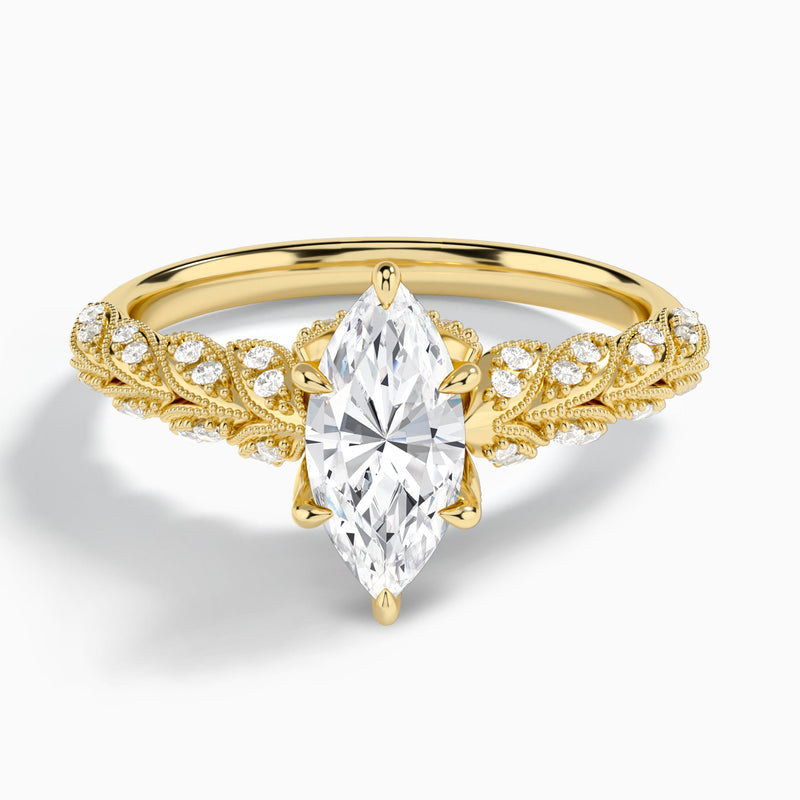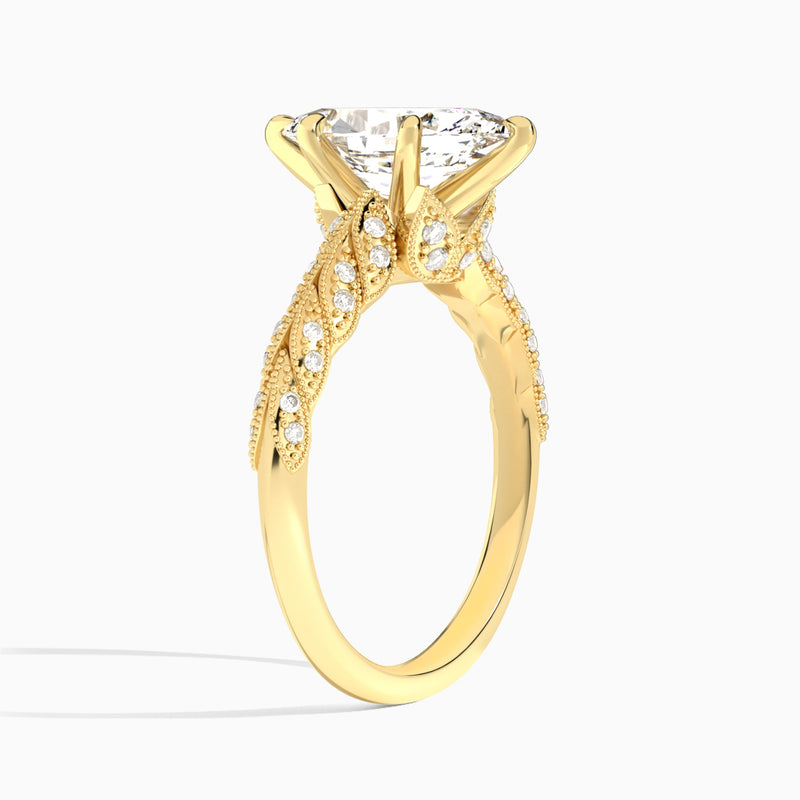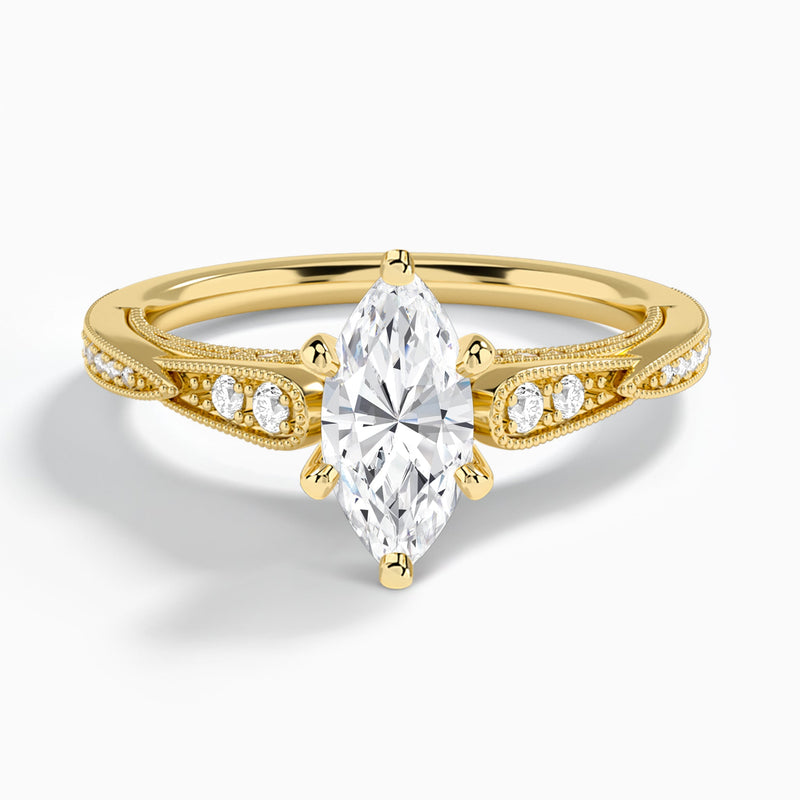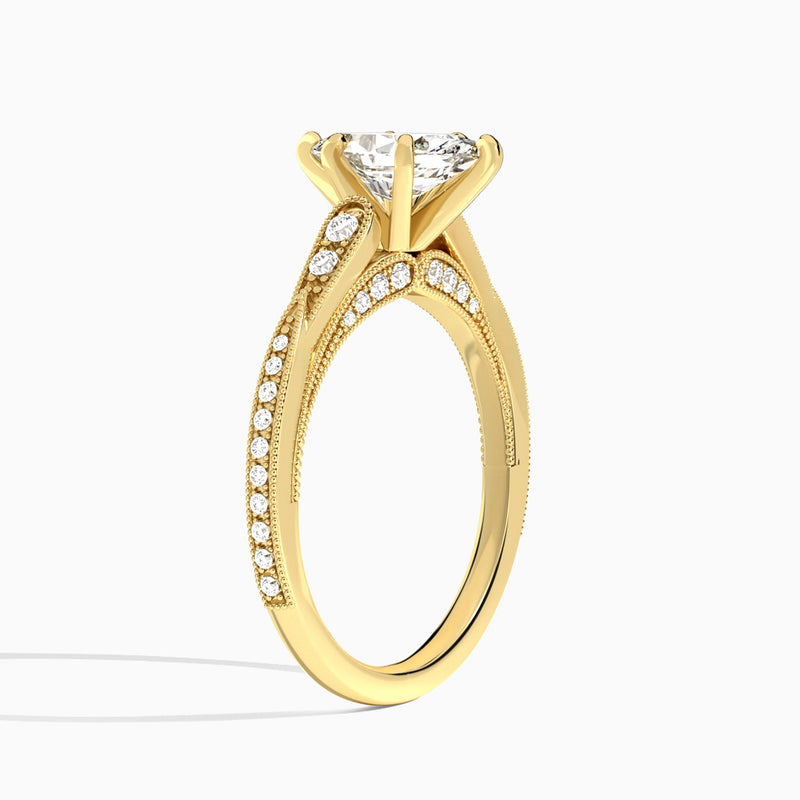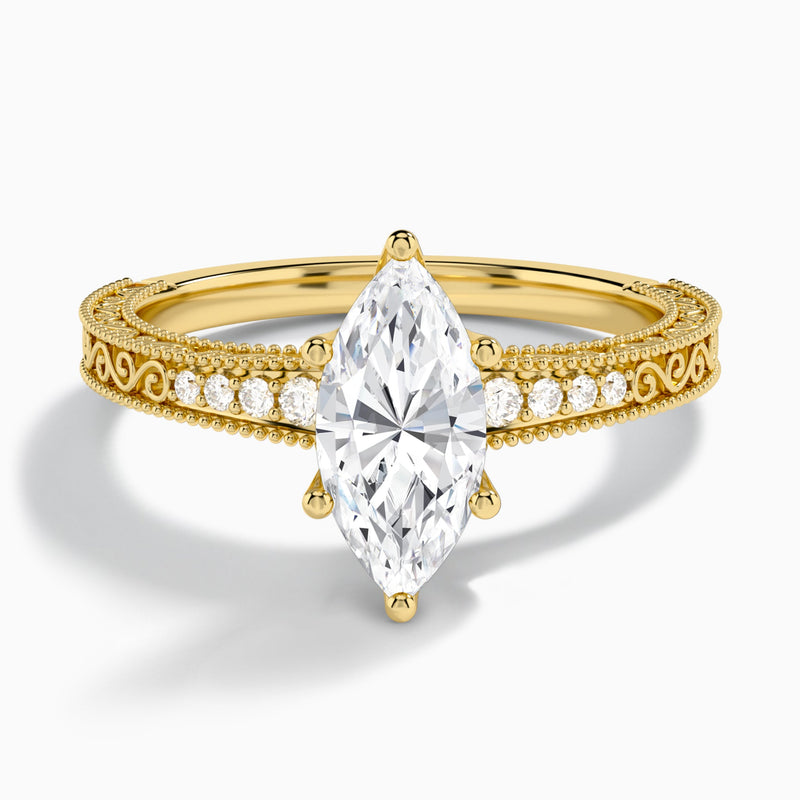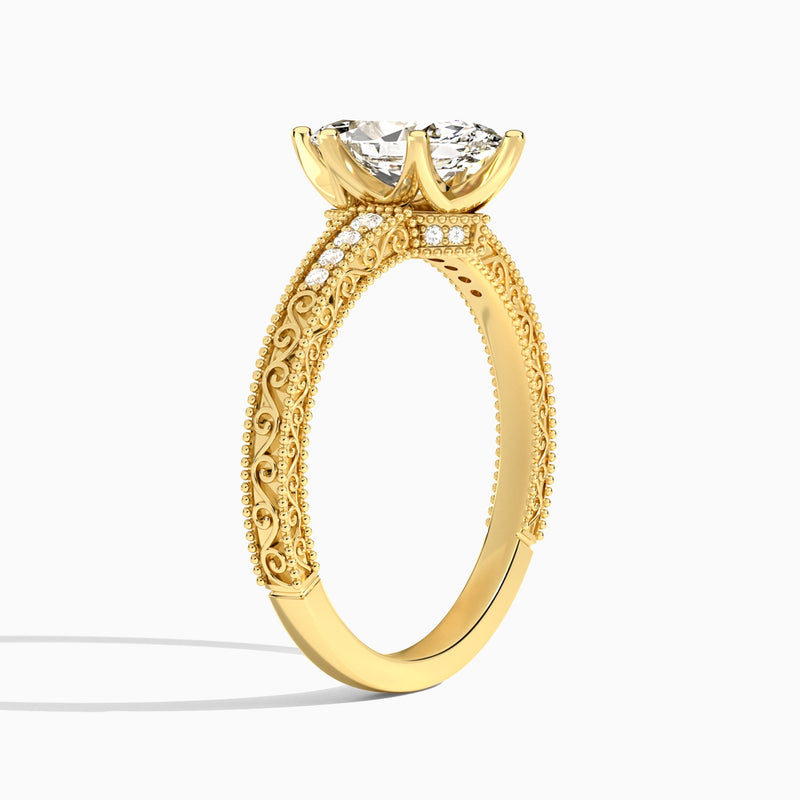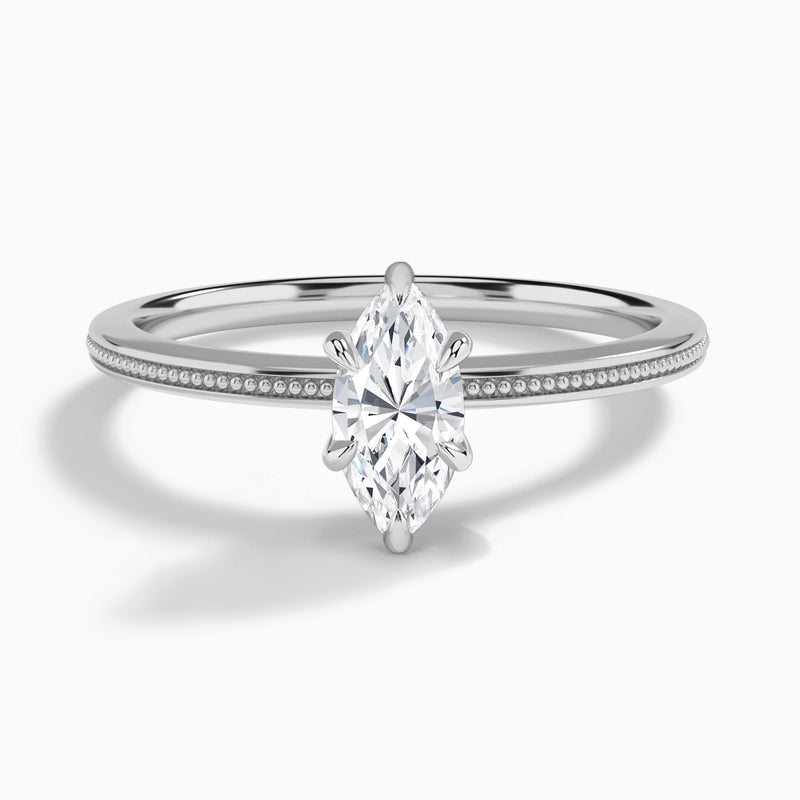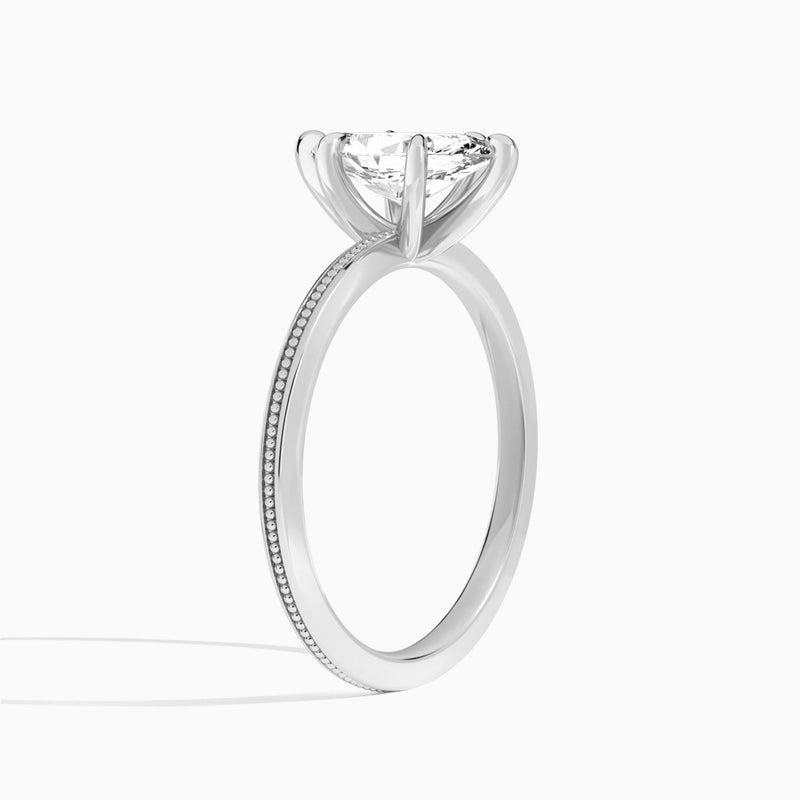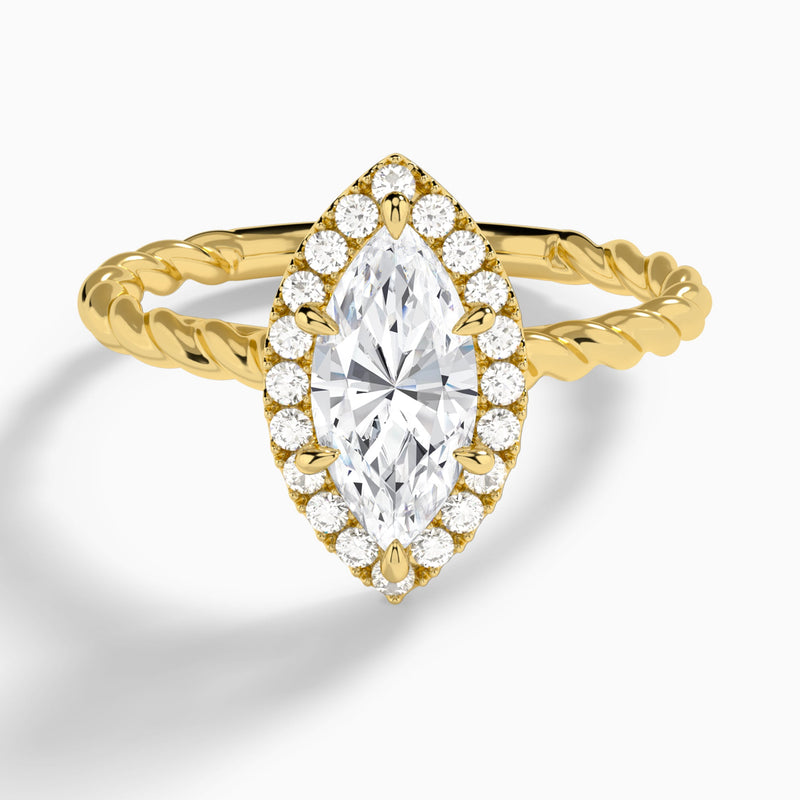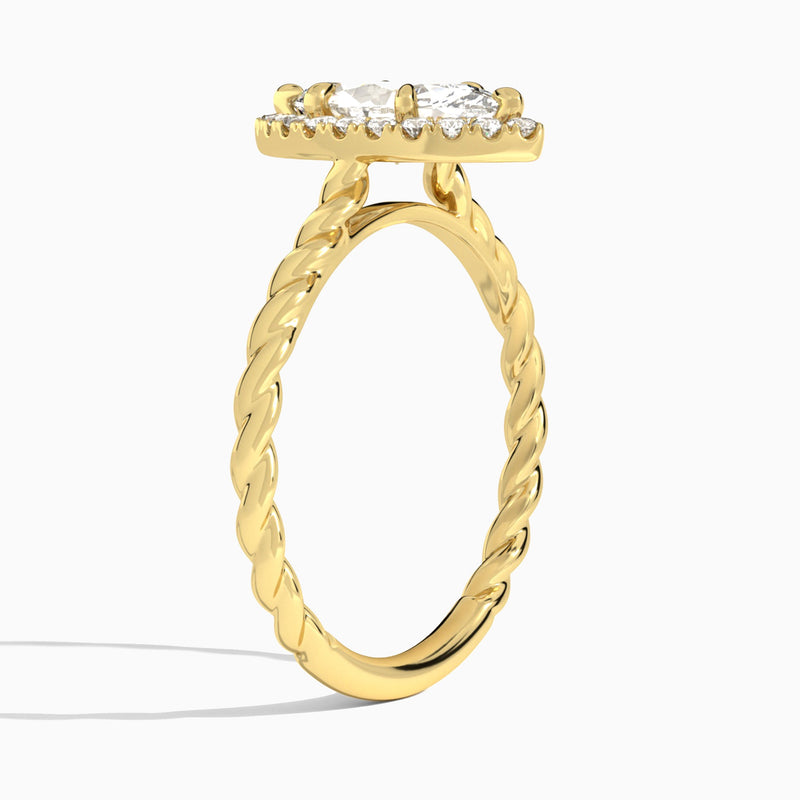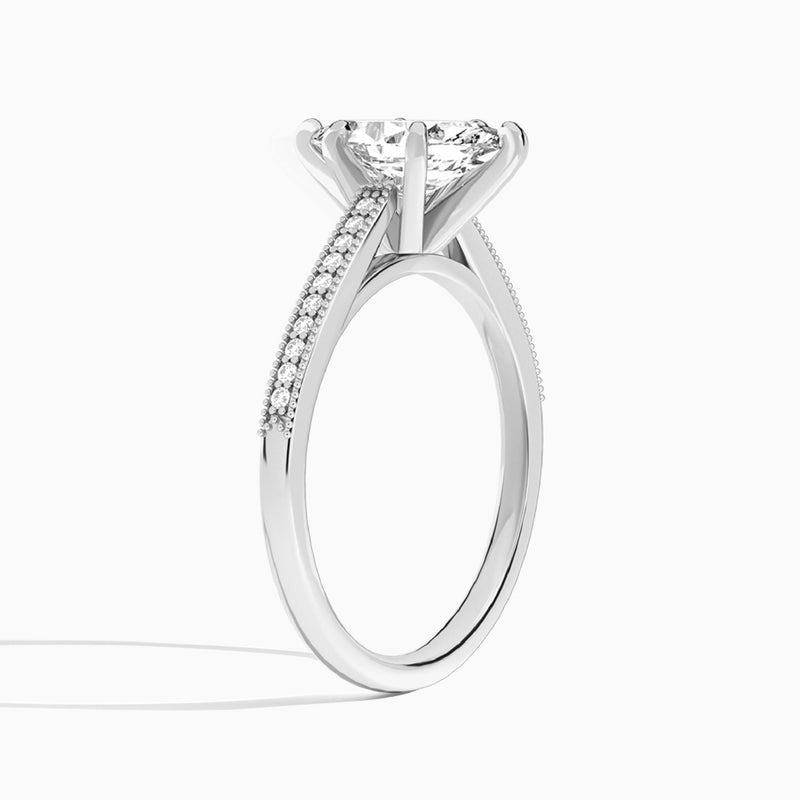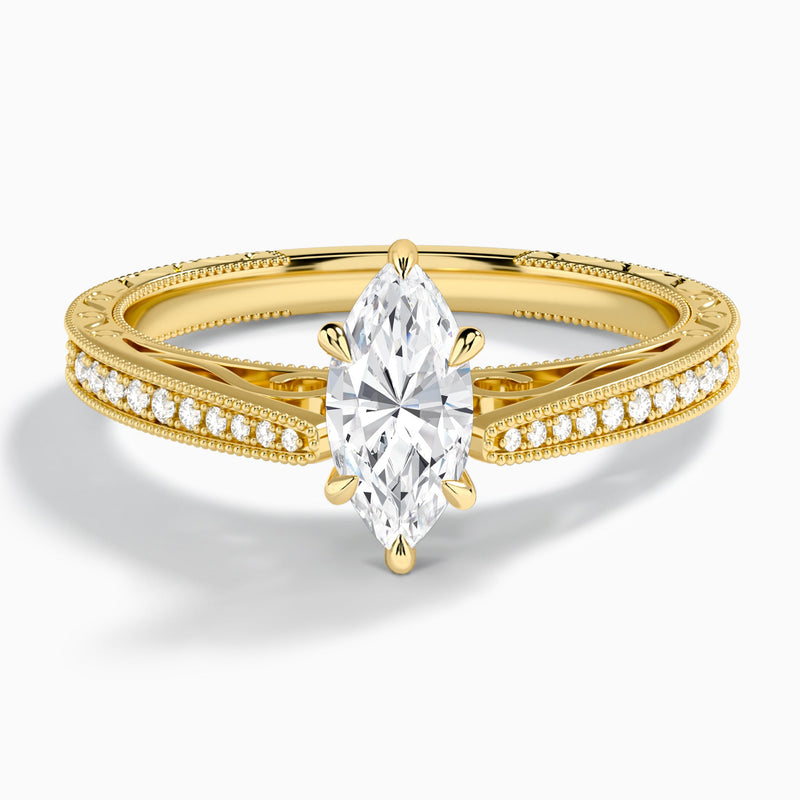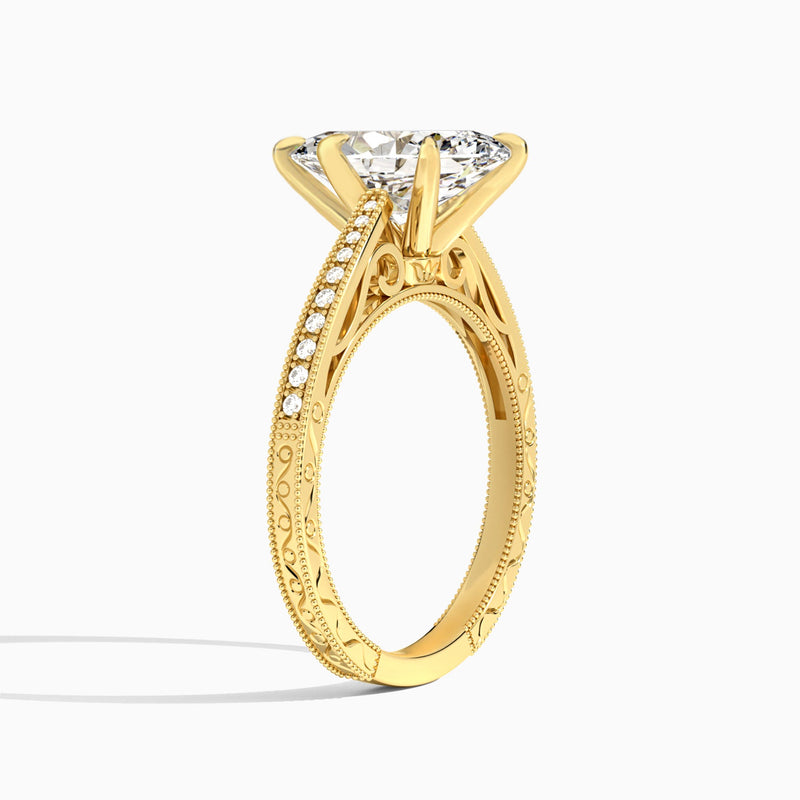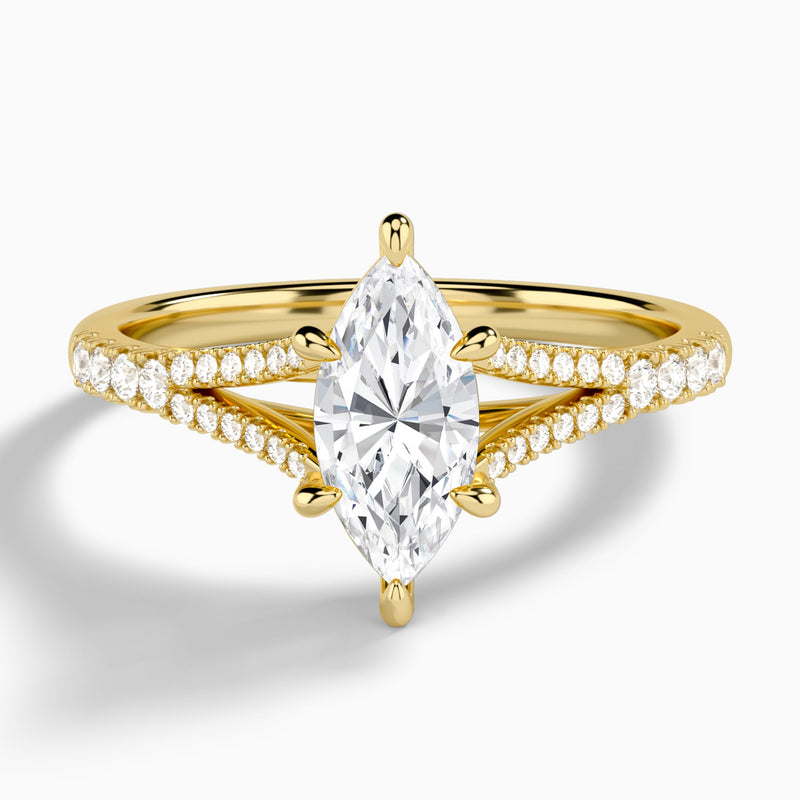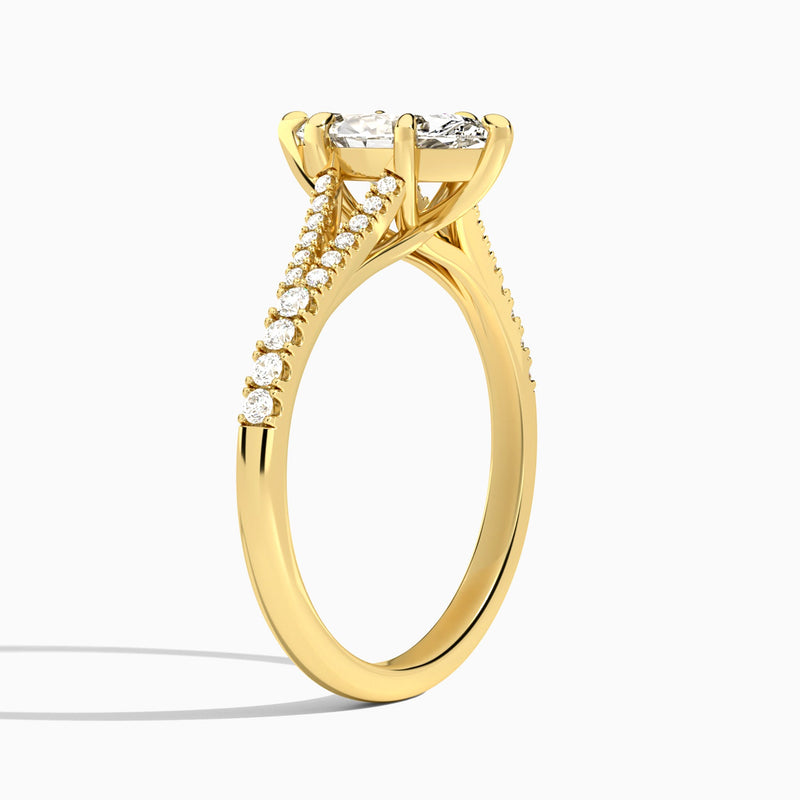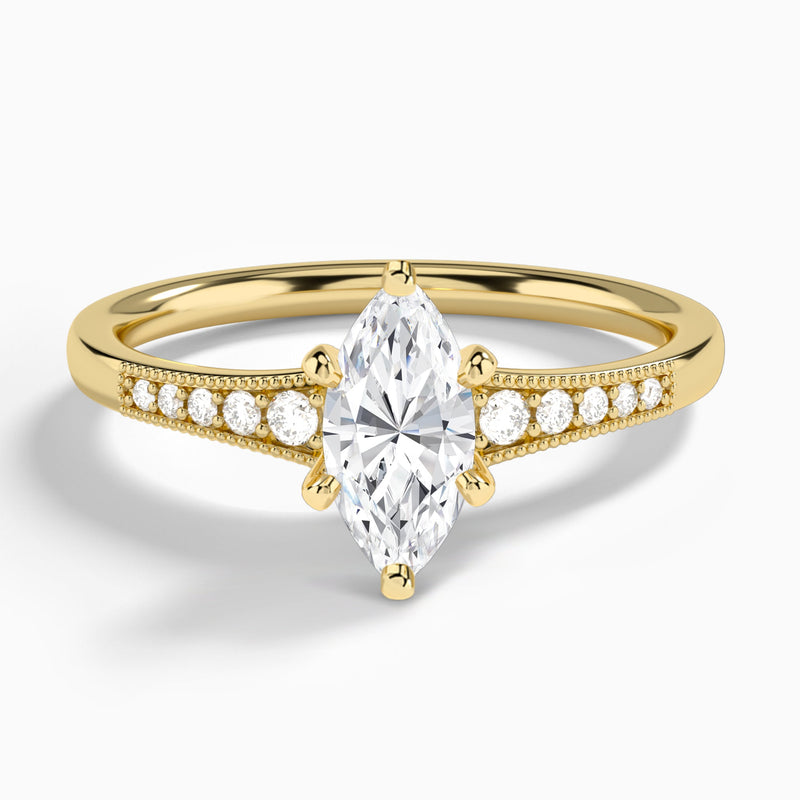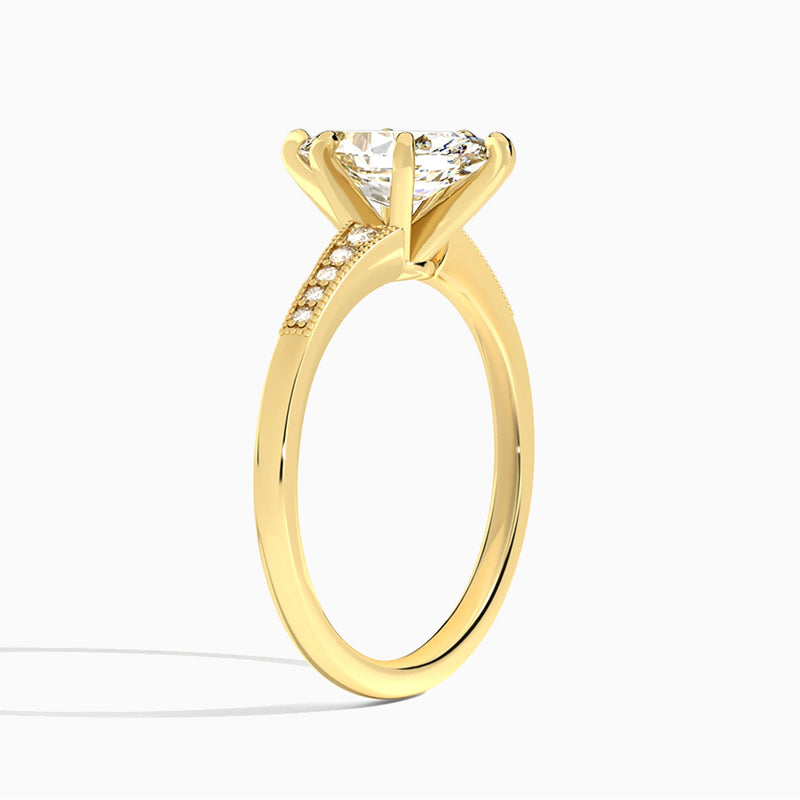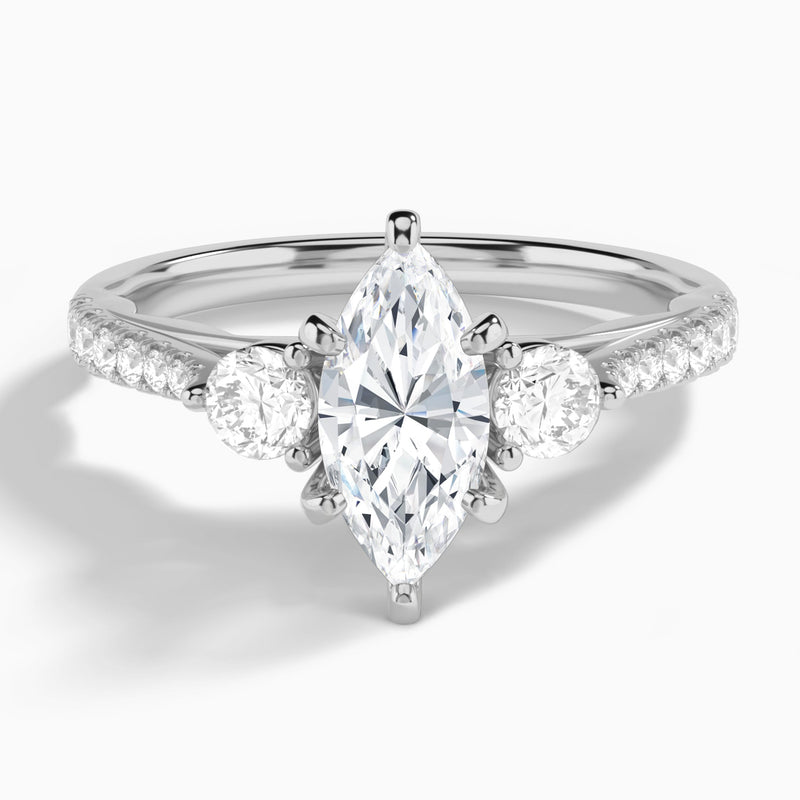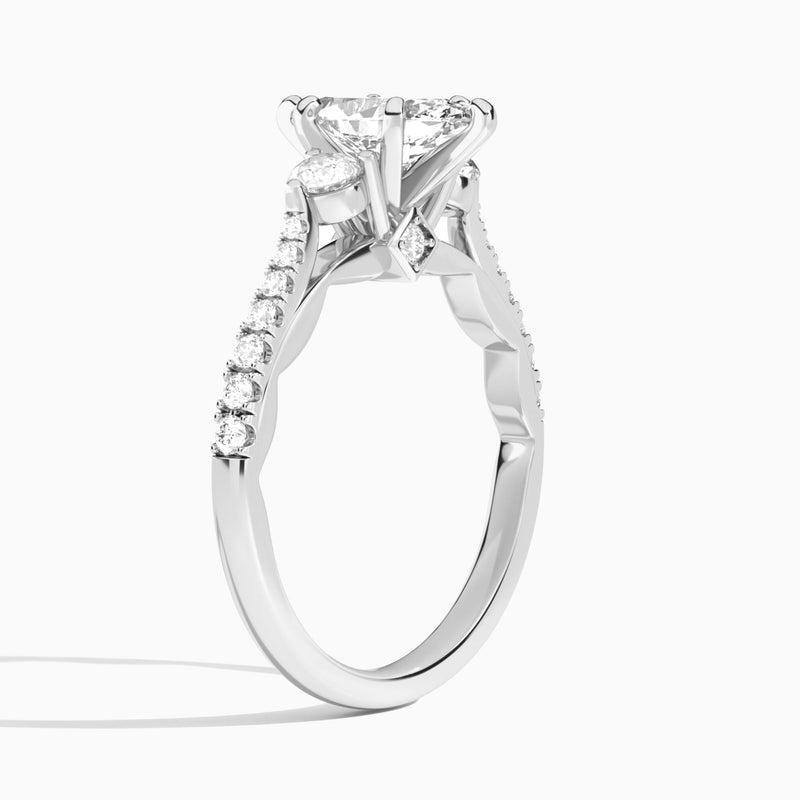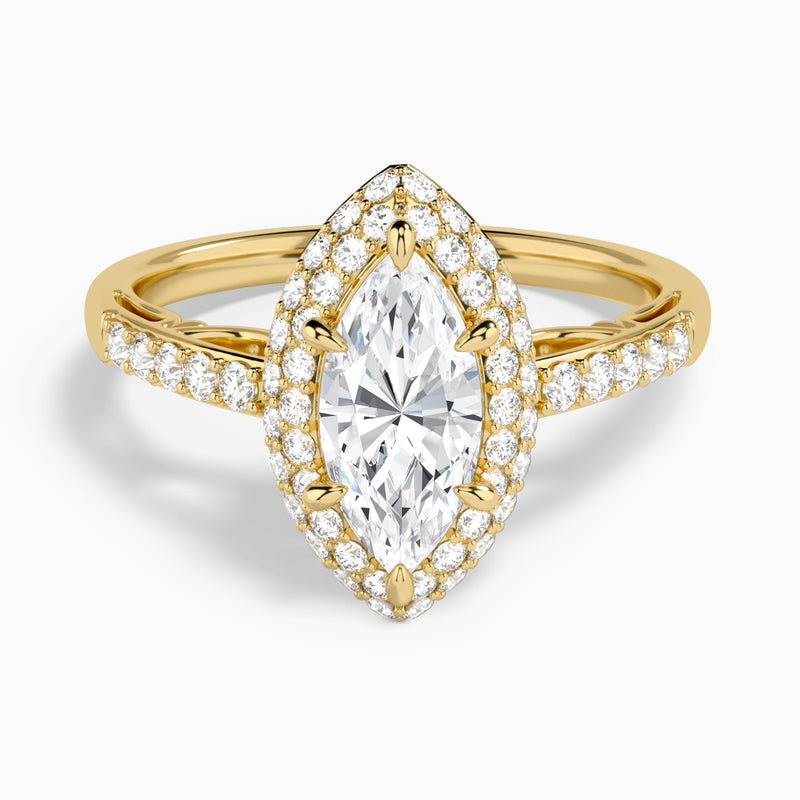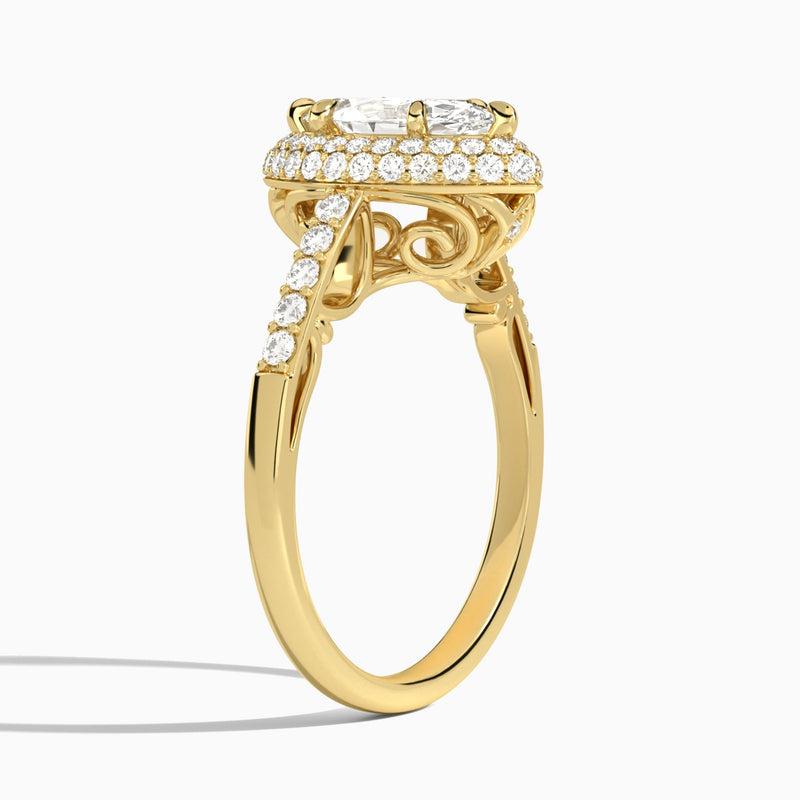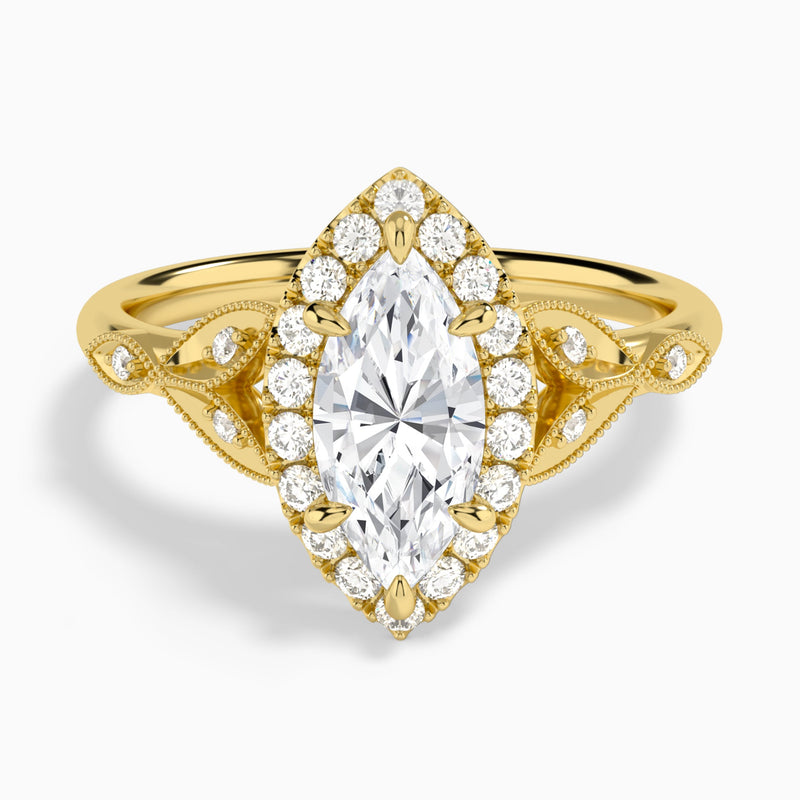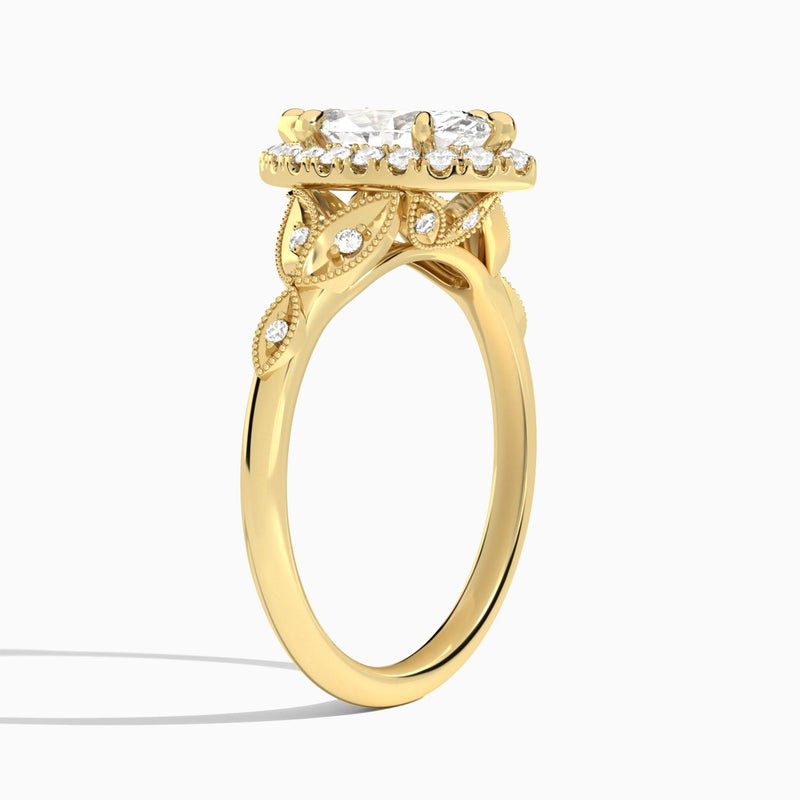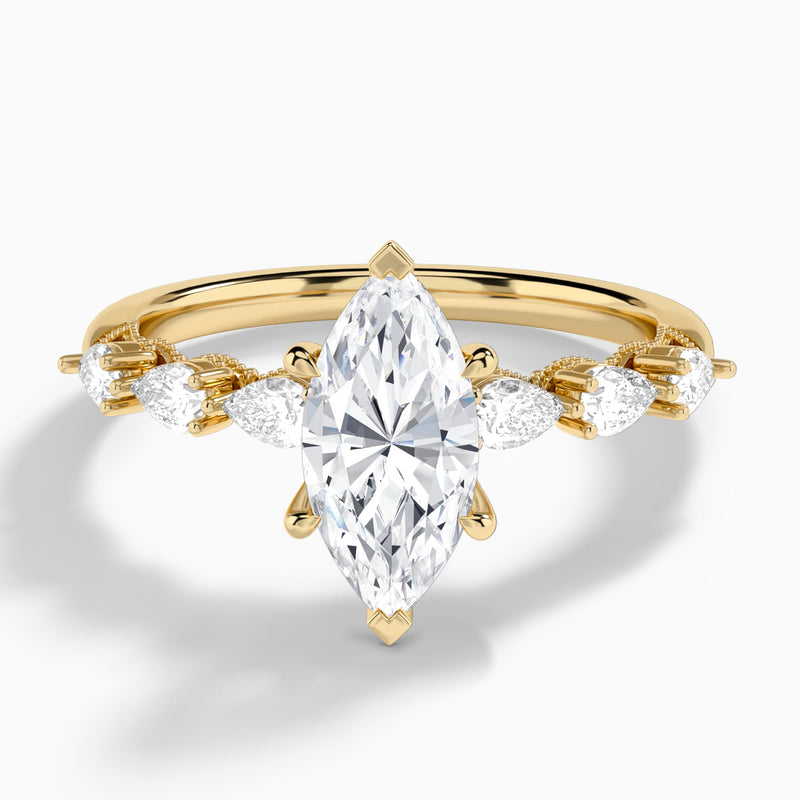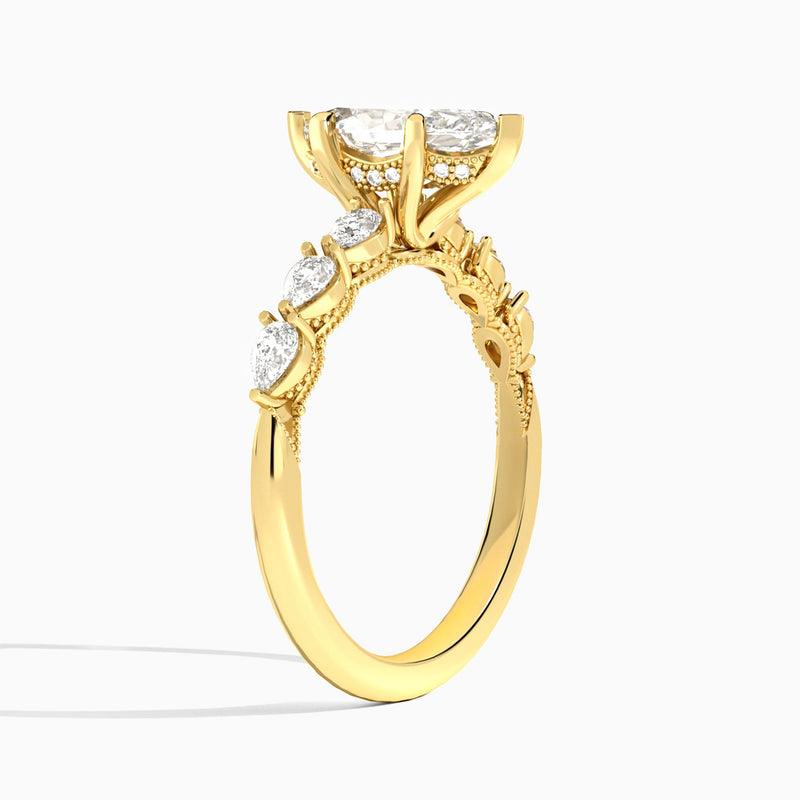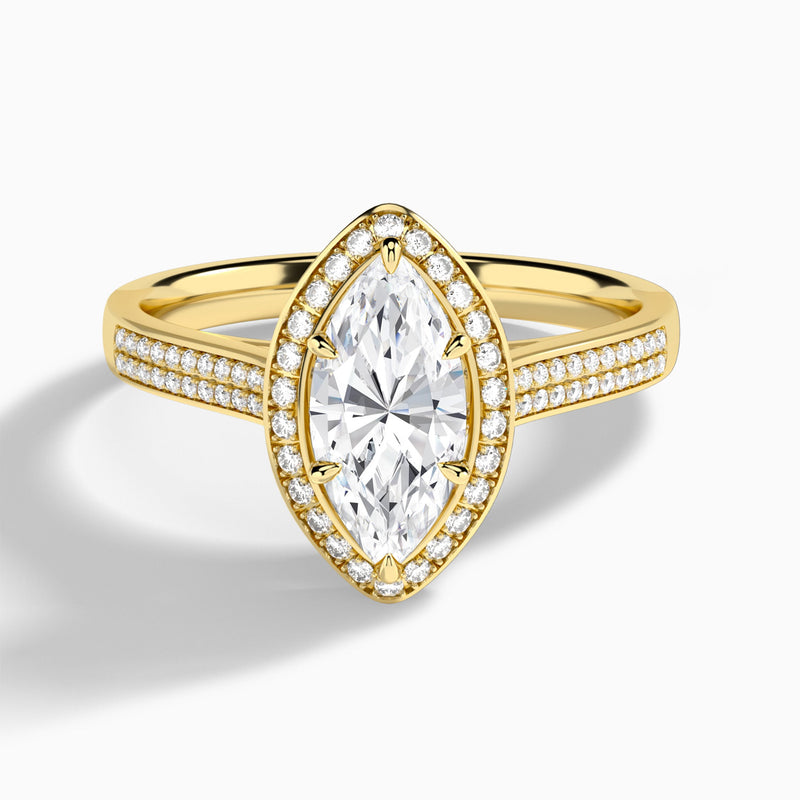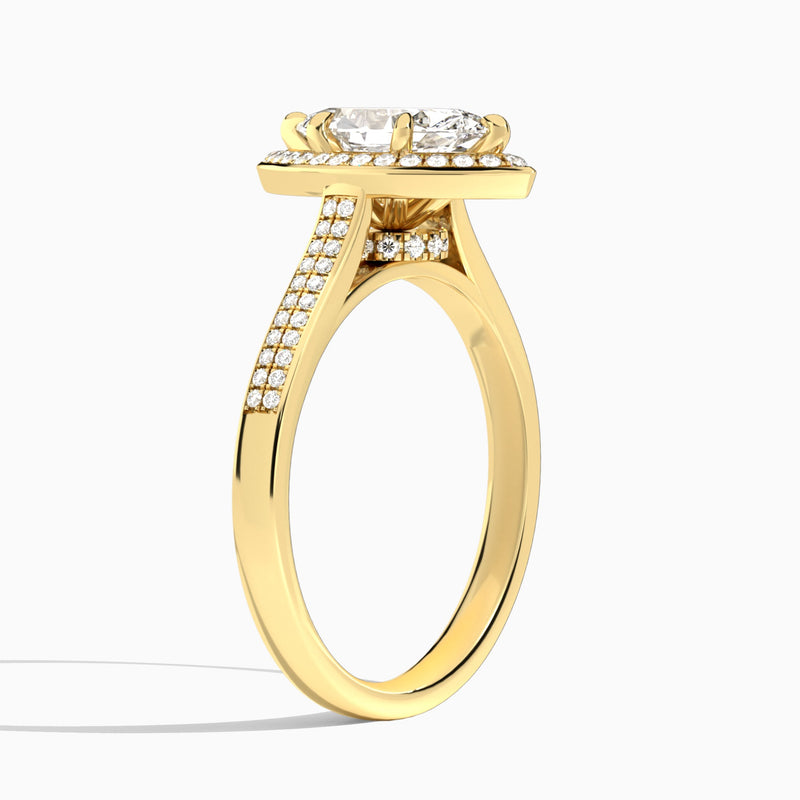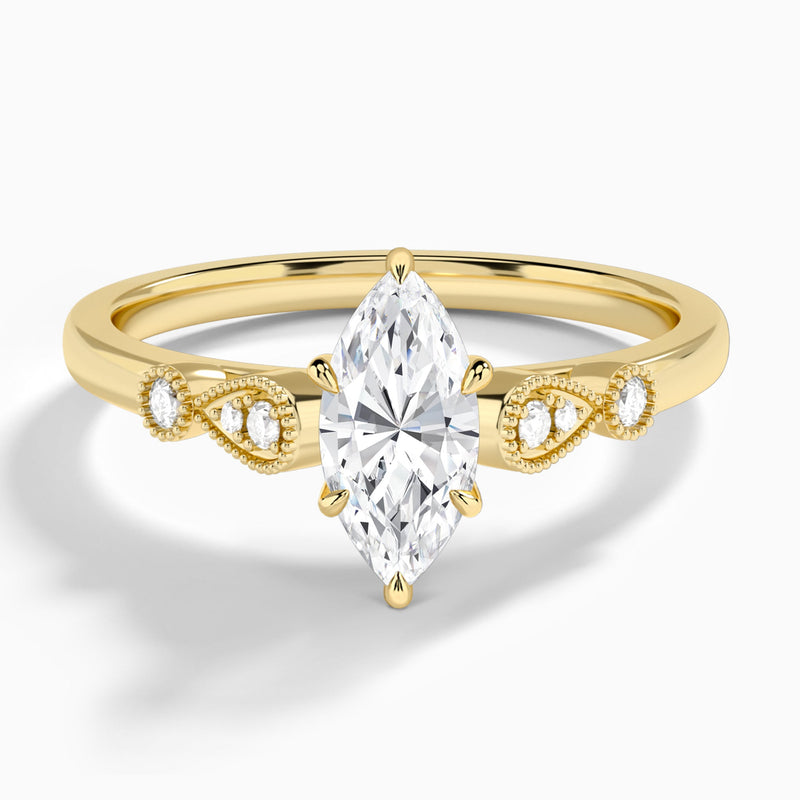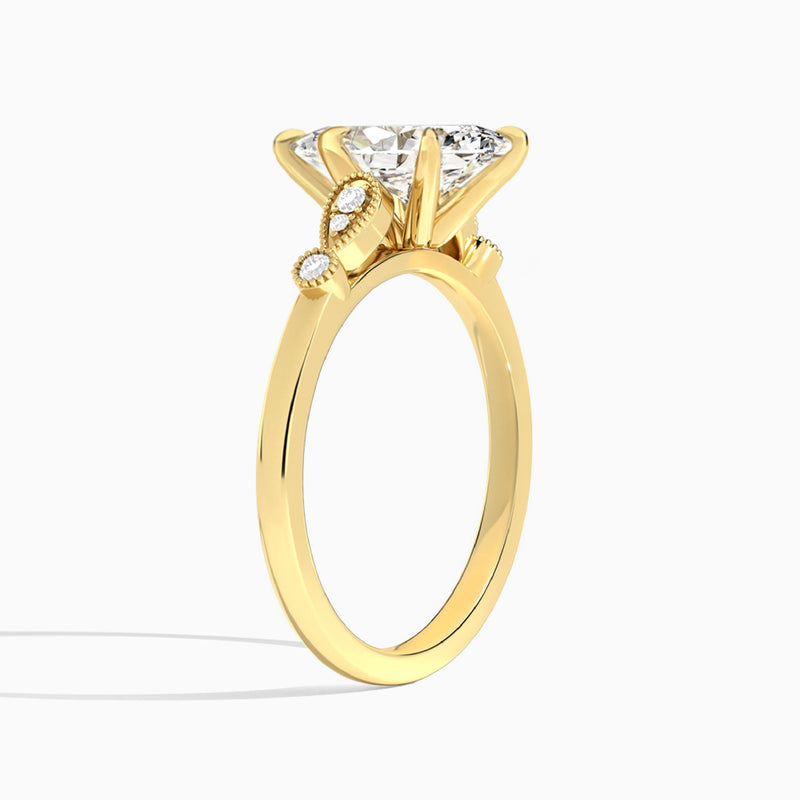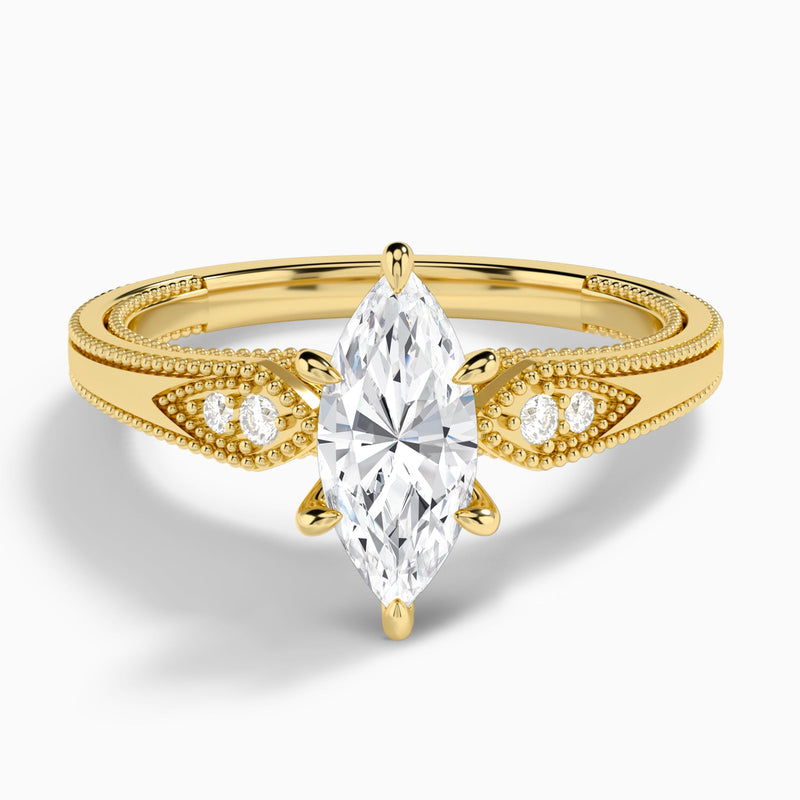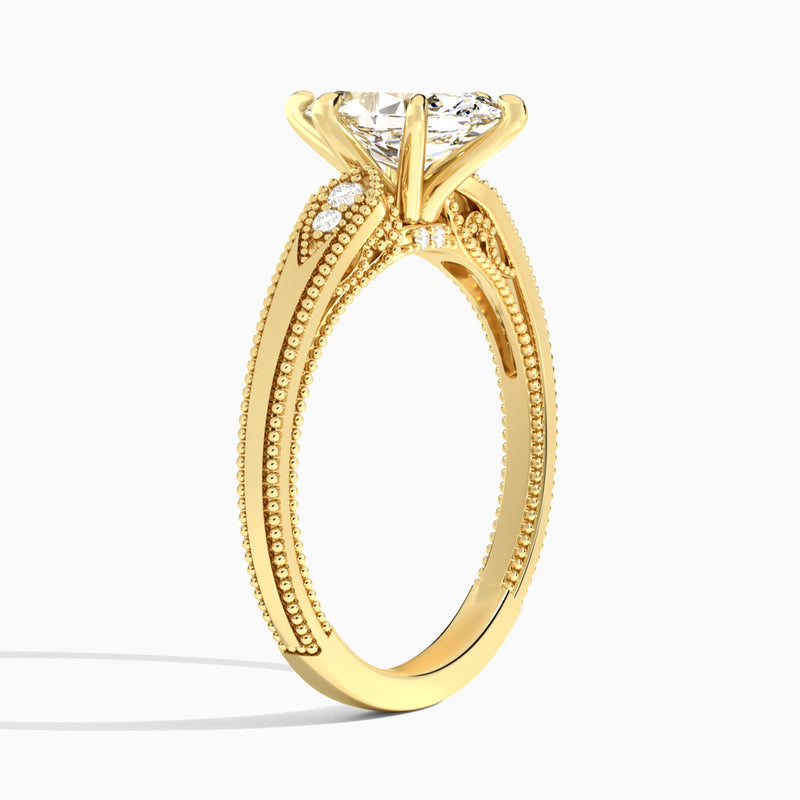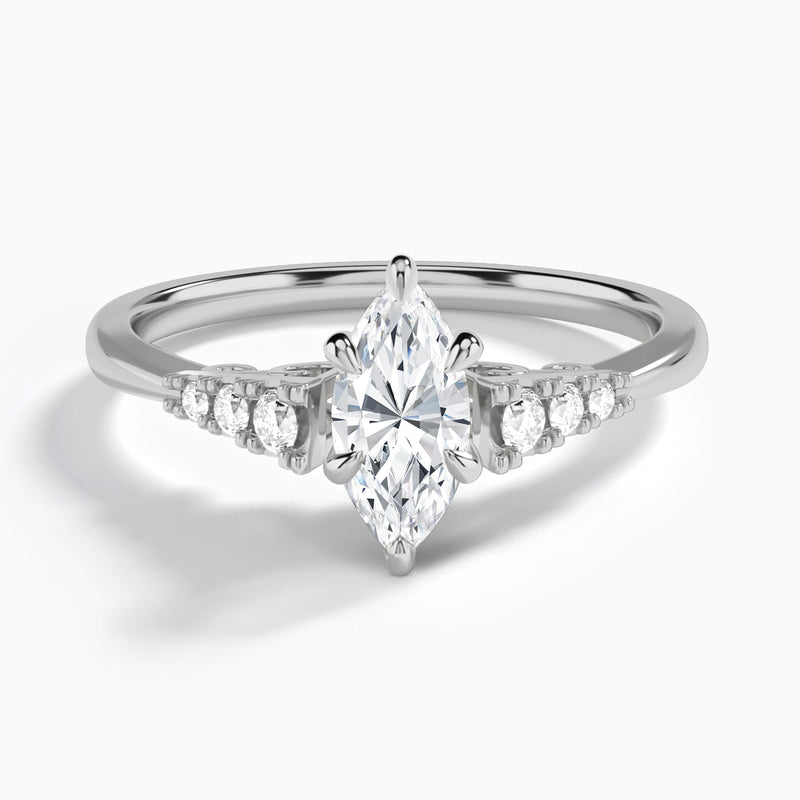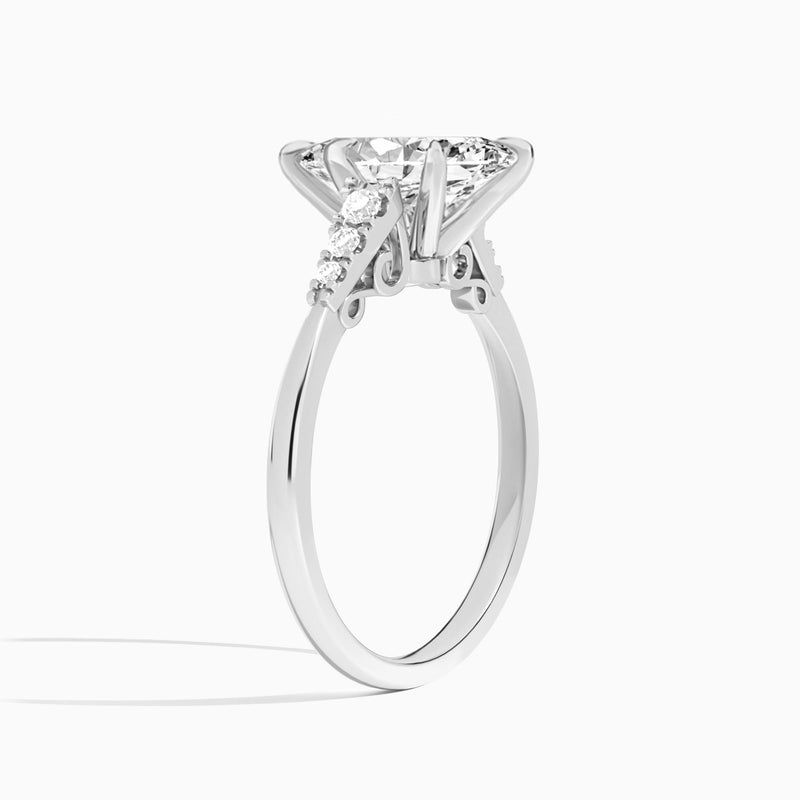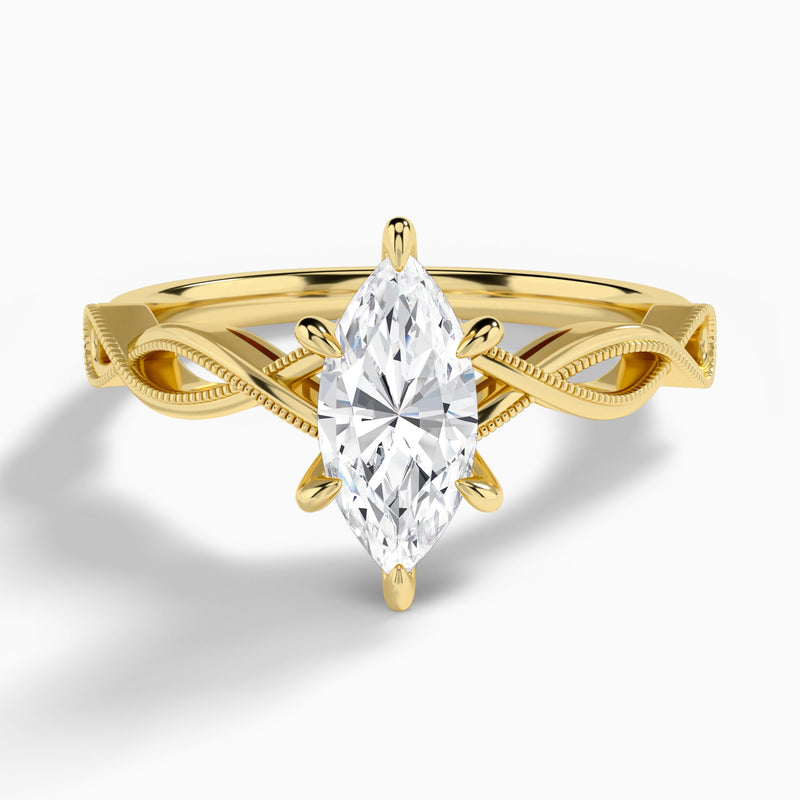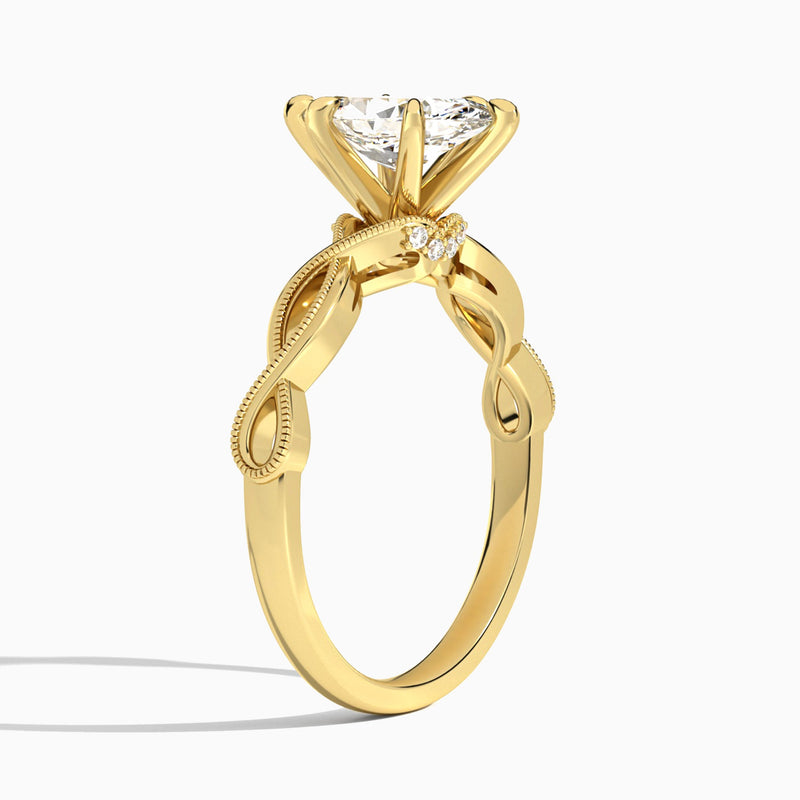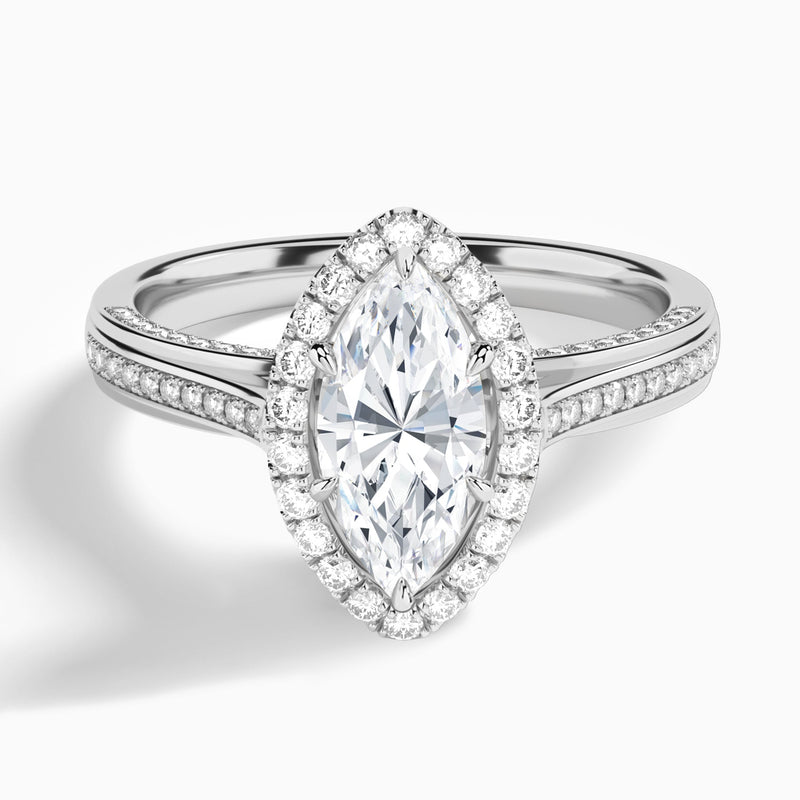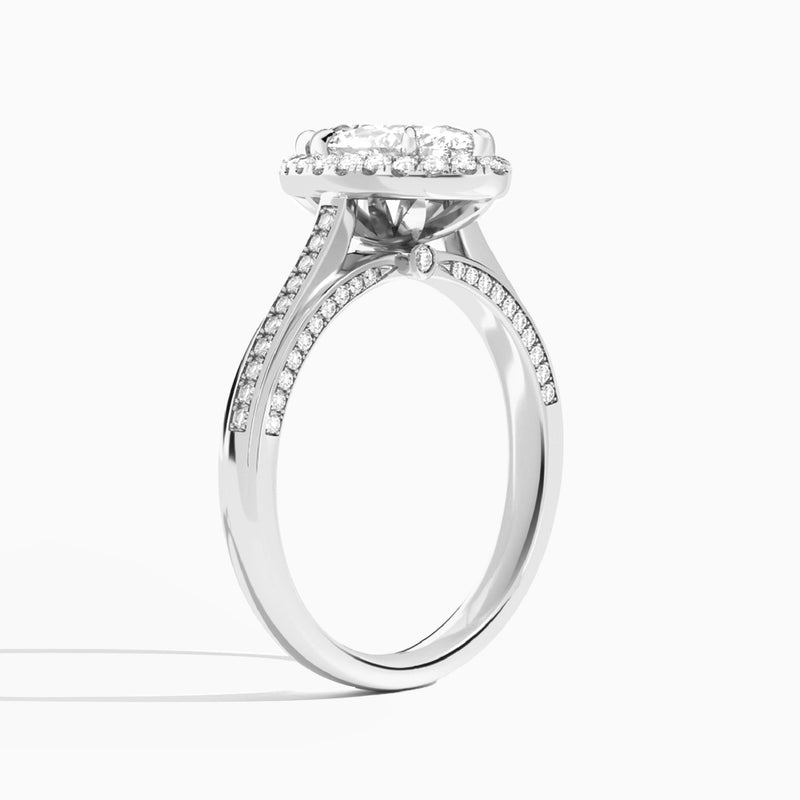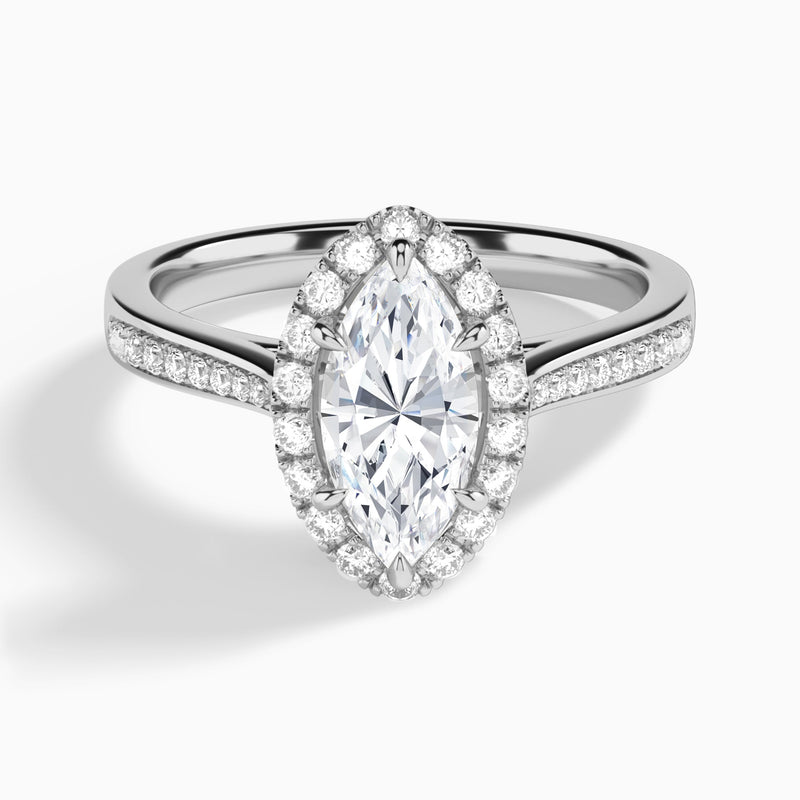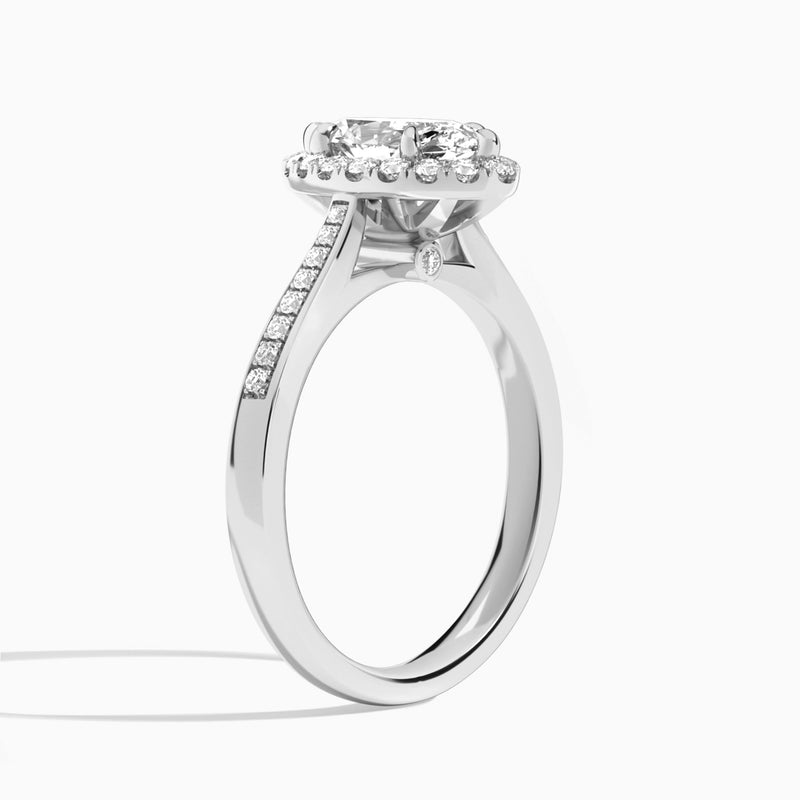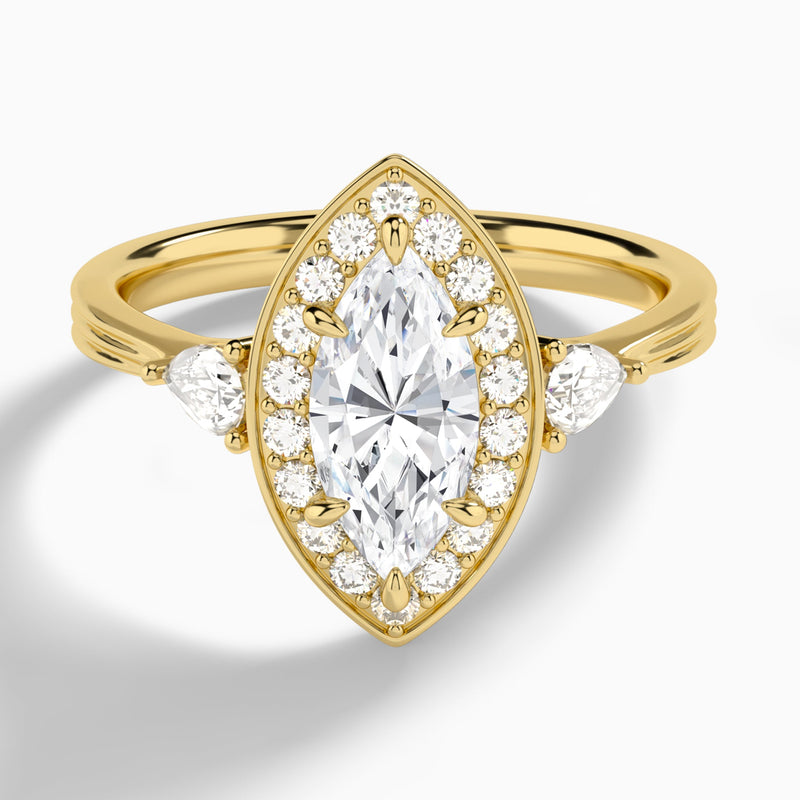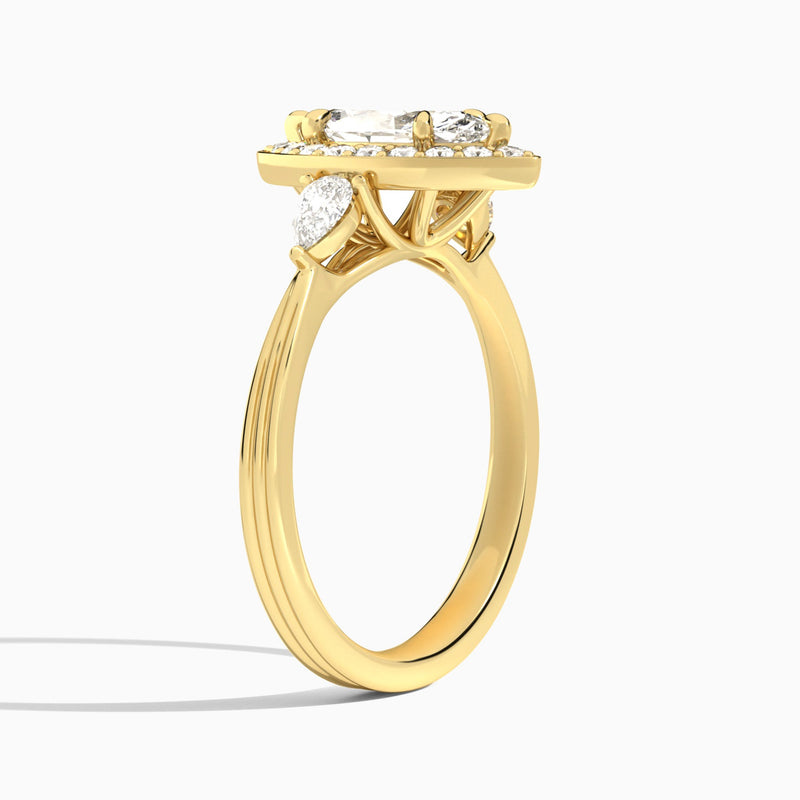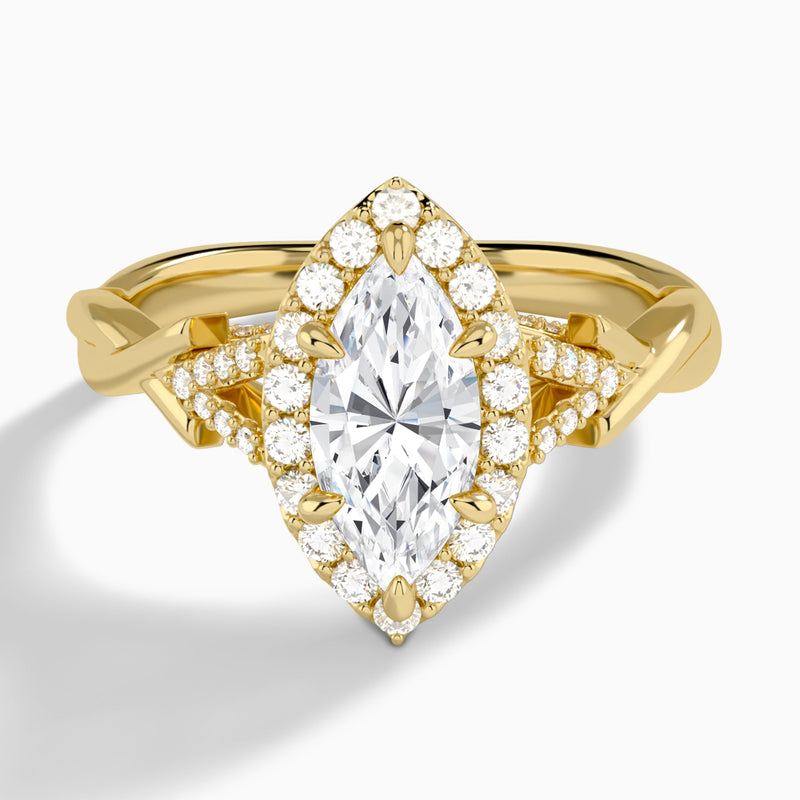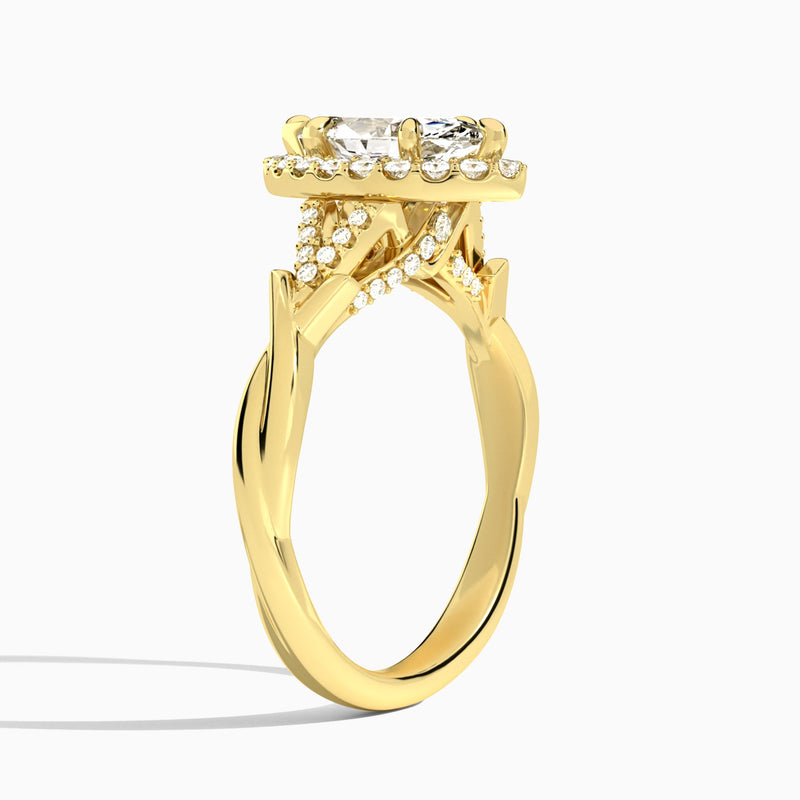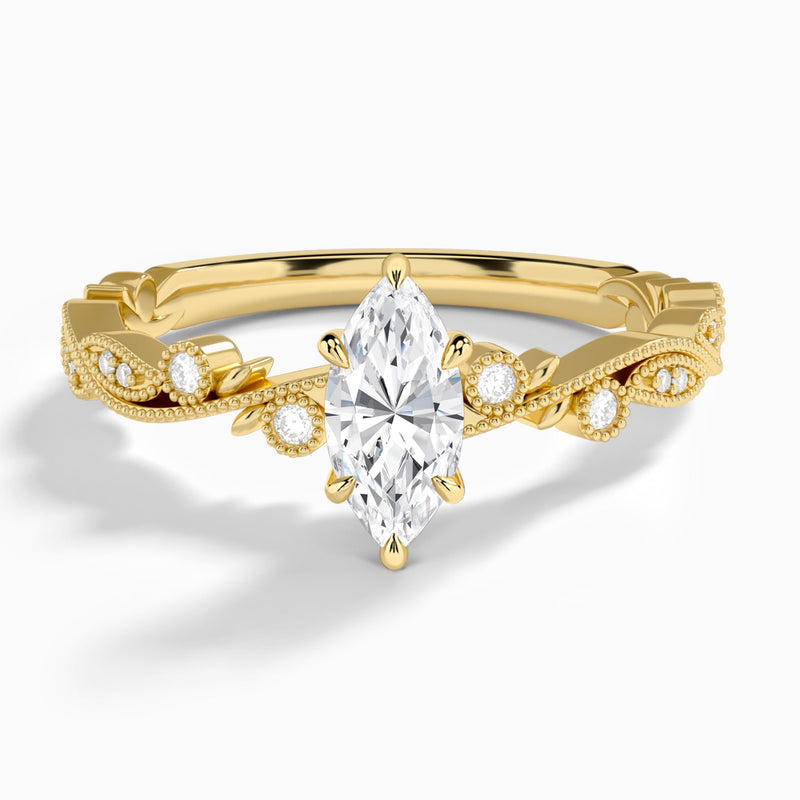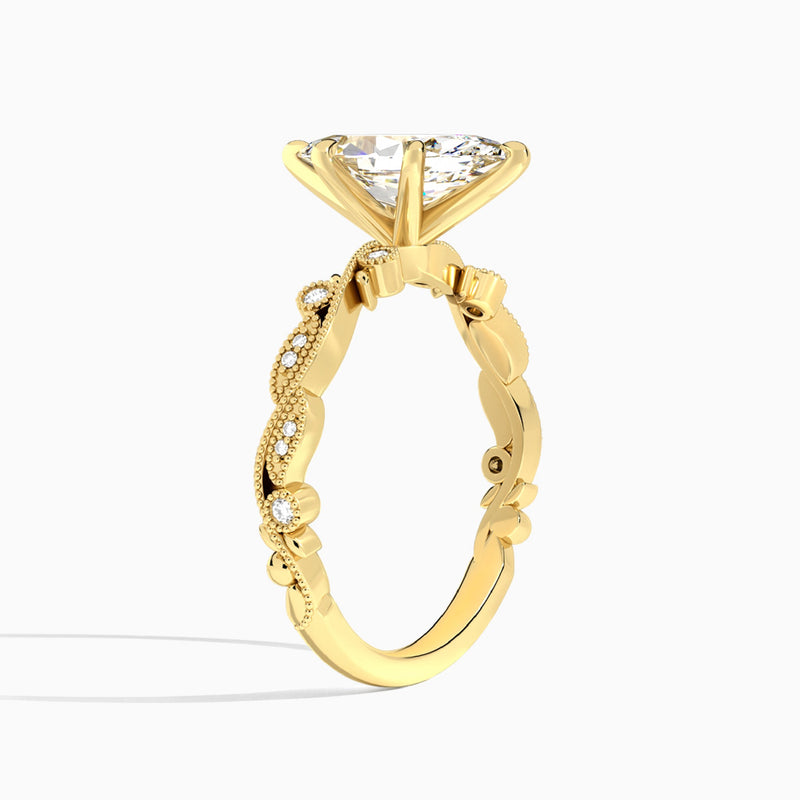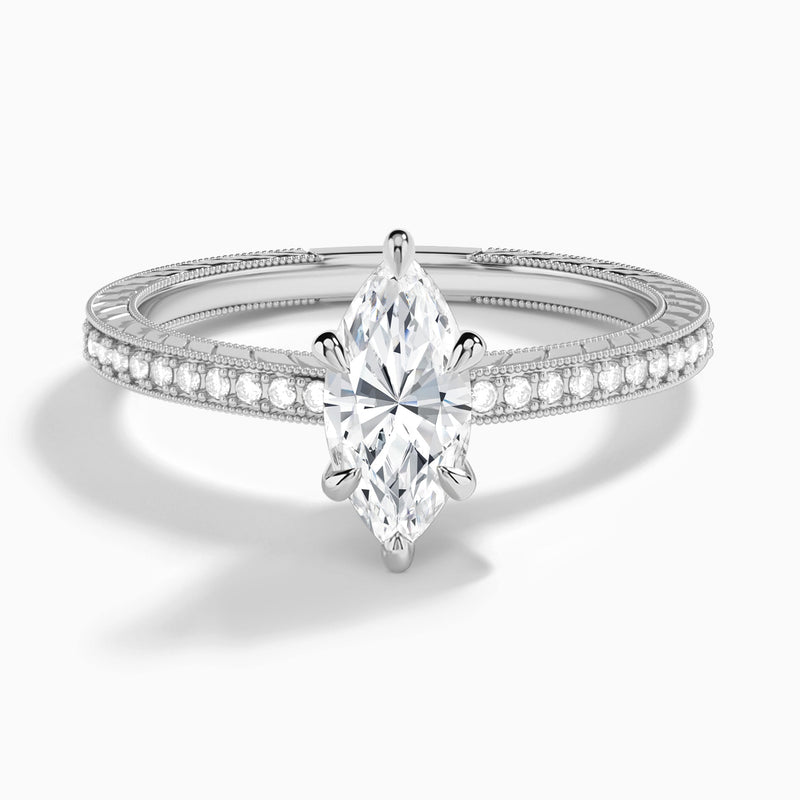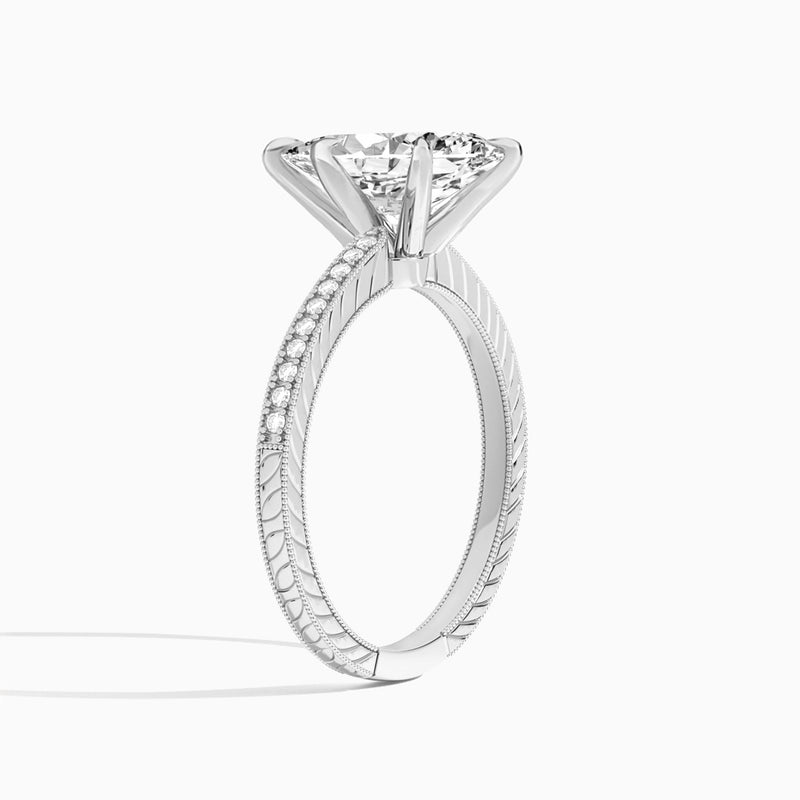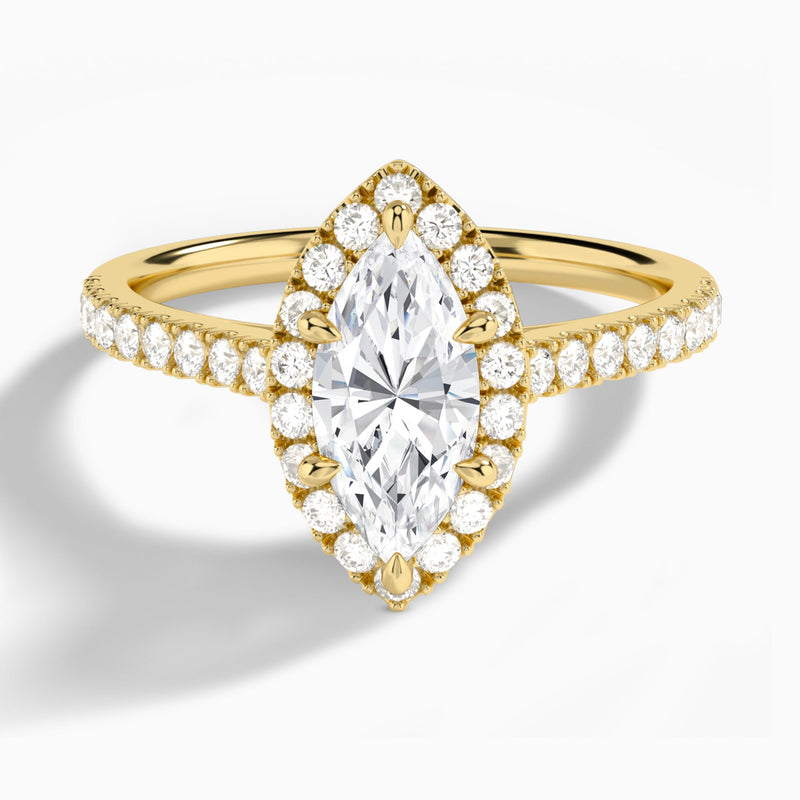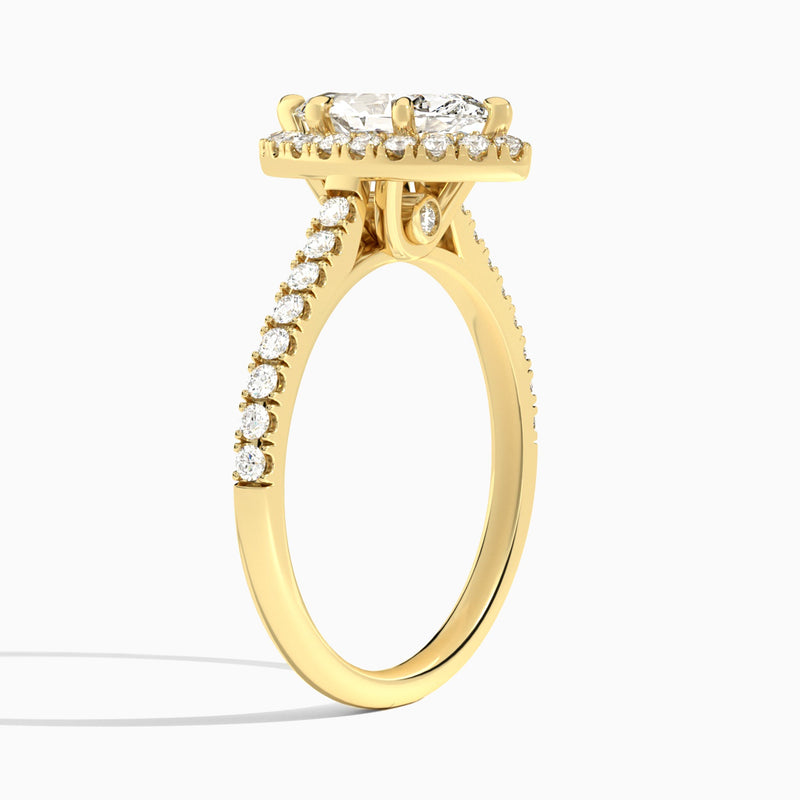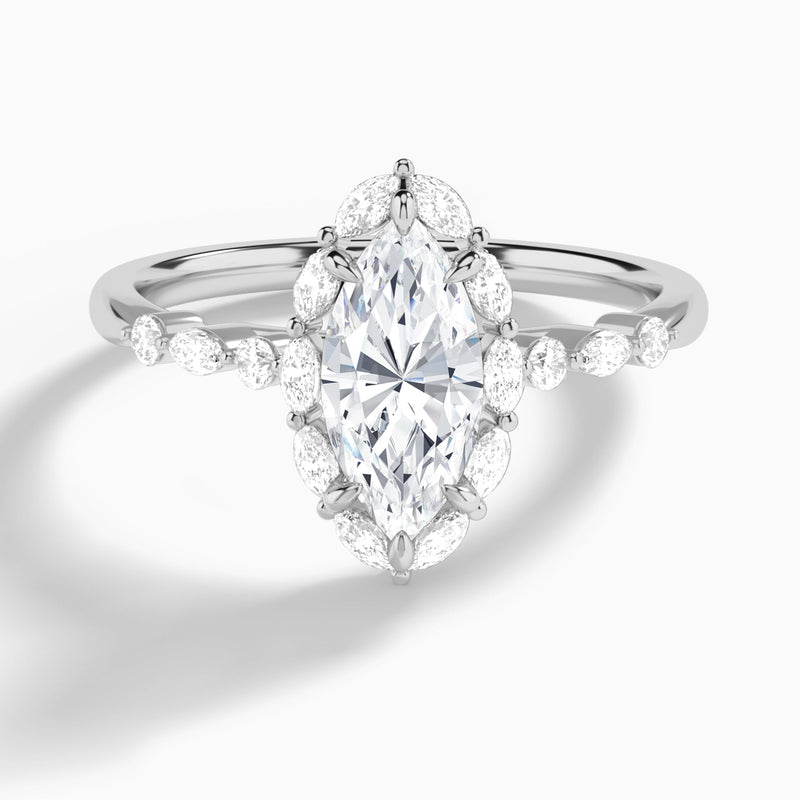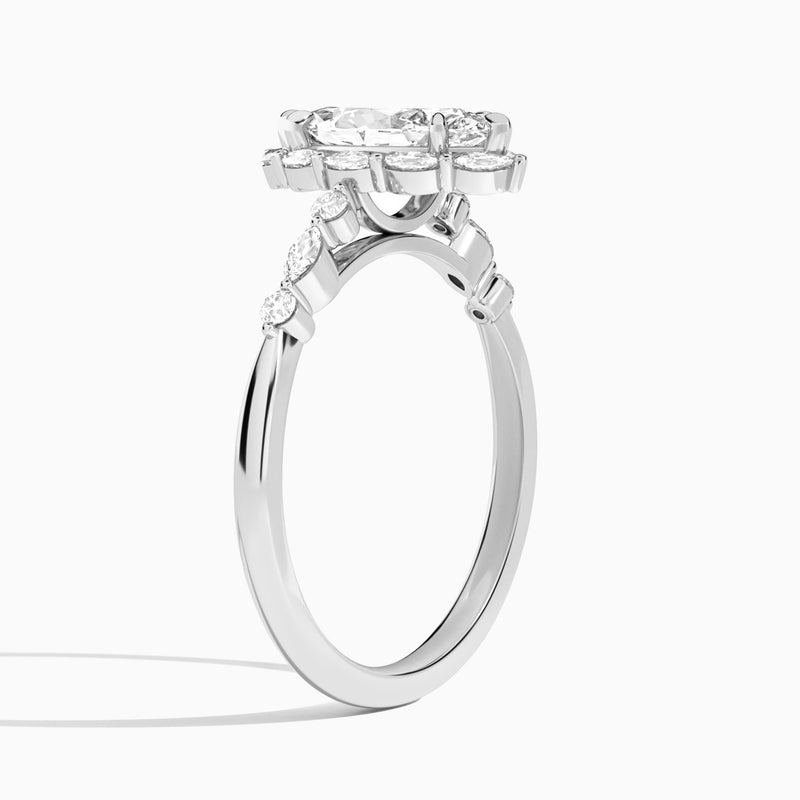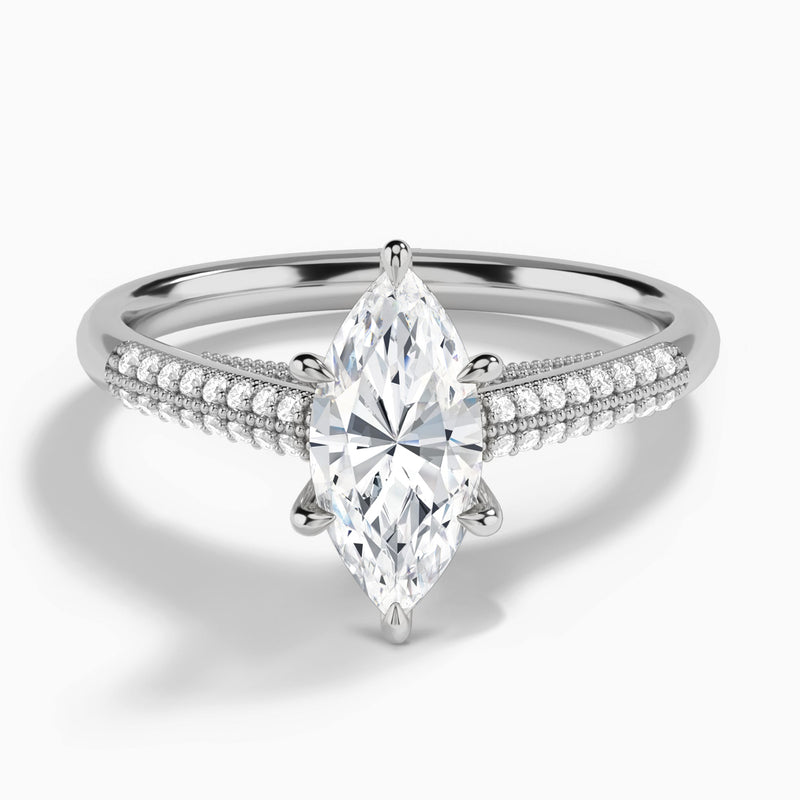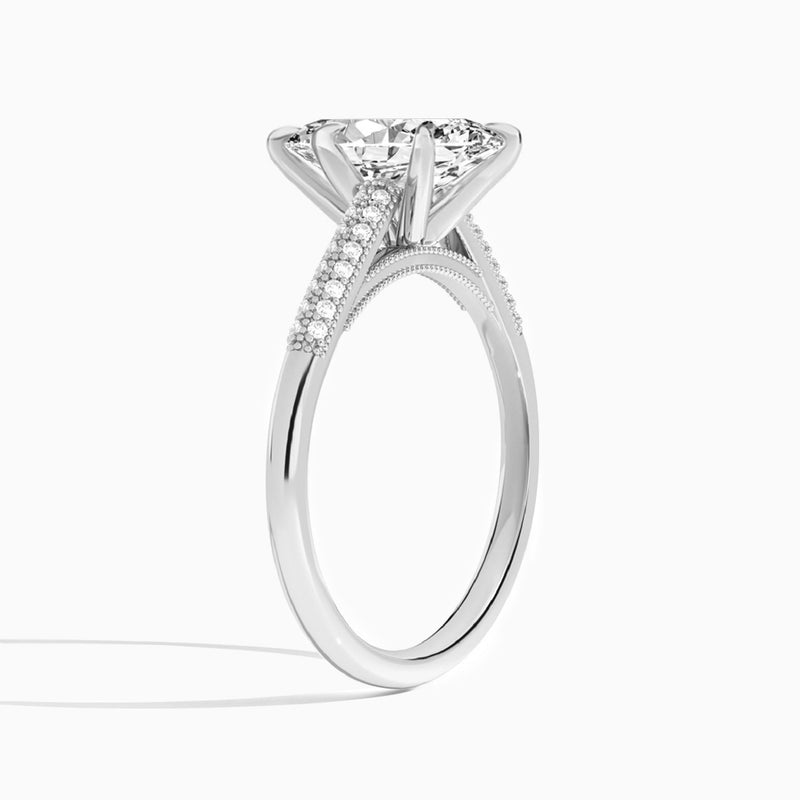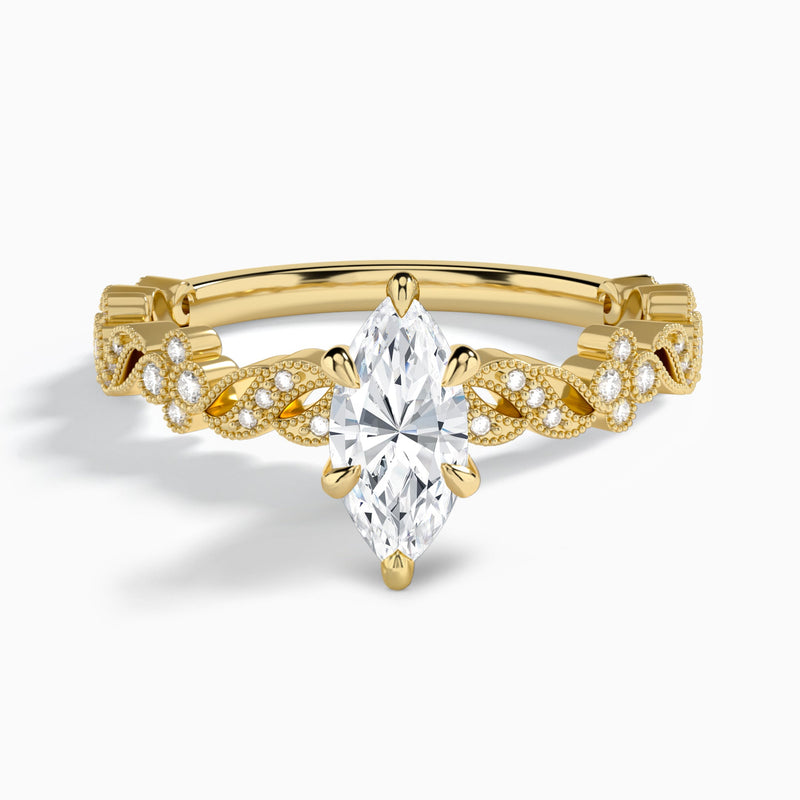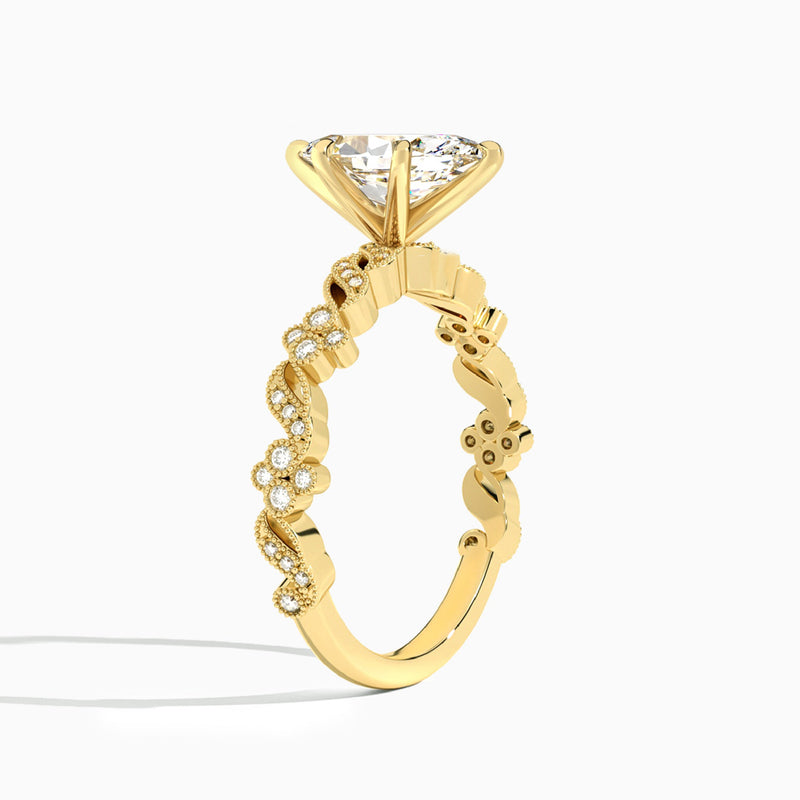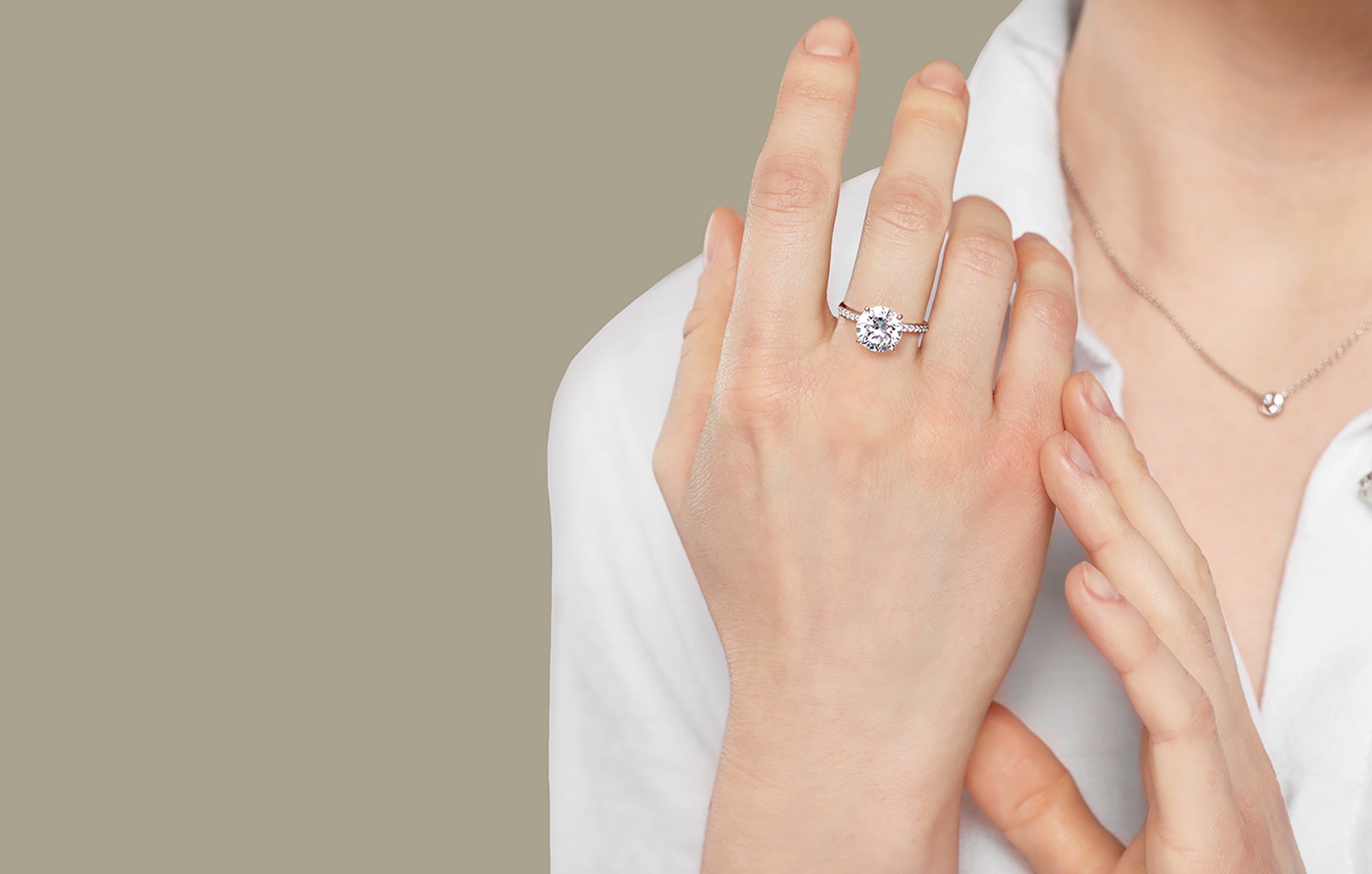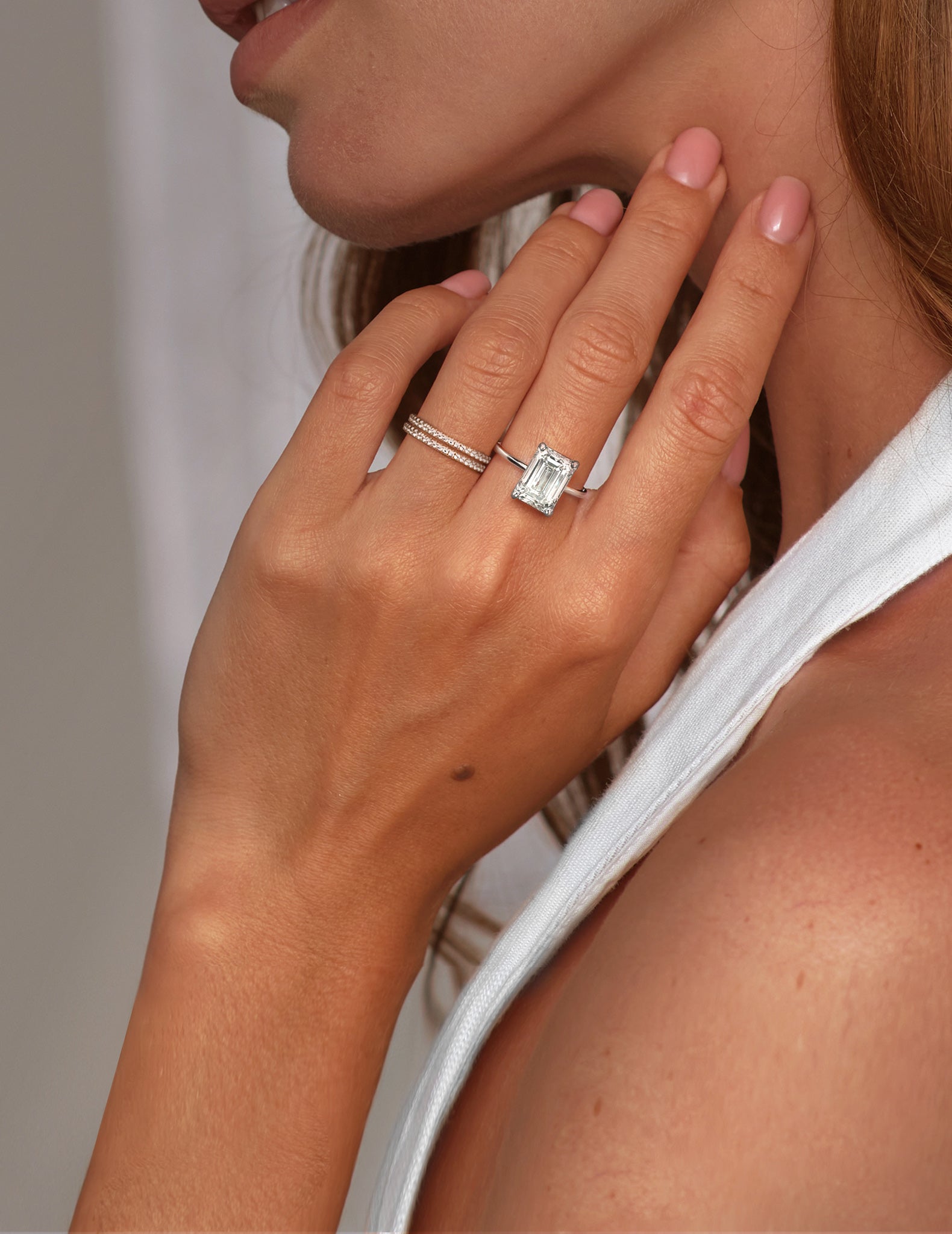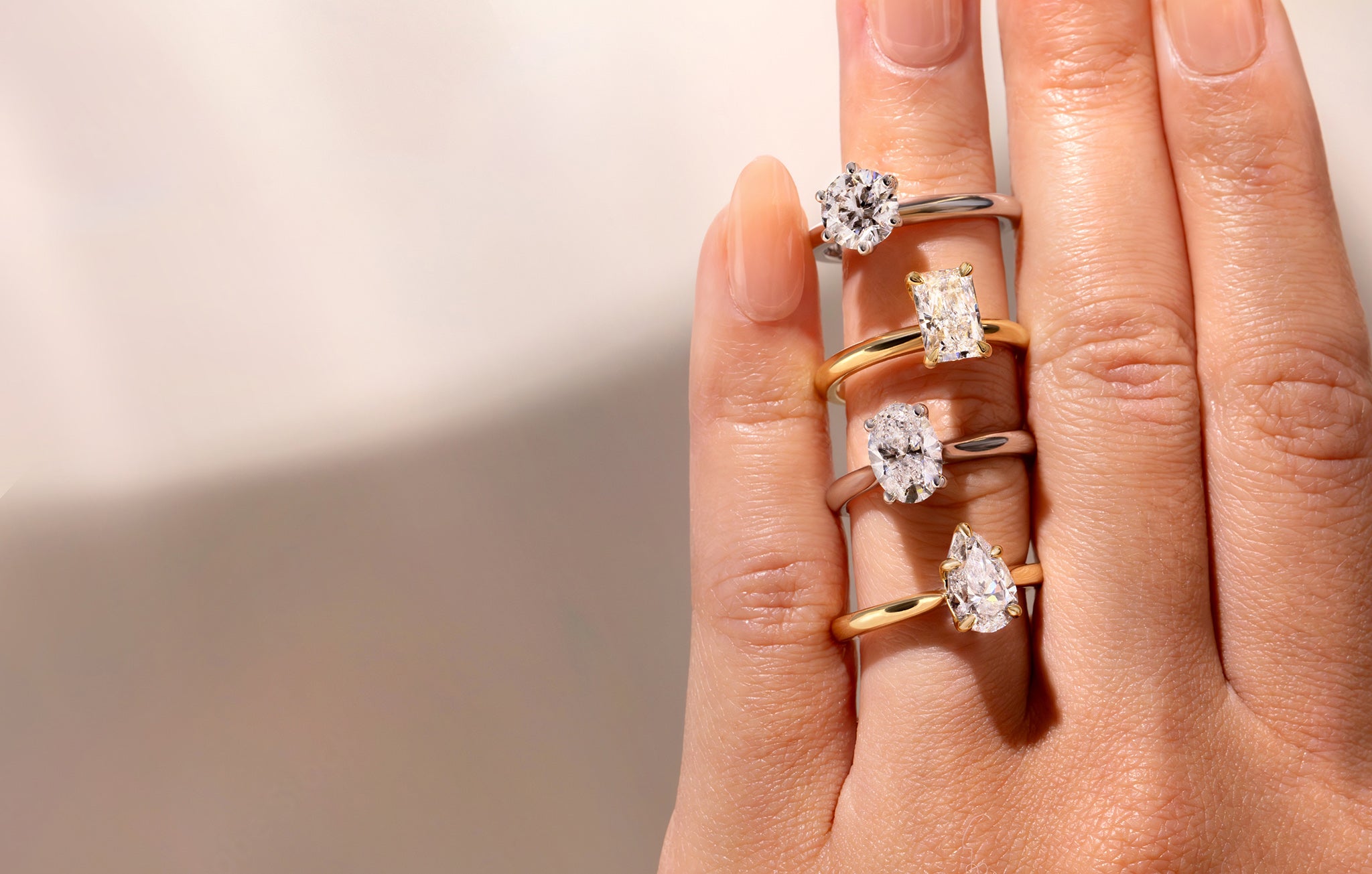Marquise diamond engagement rings, with their unique shape and extraordinary brilliance, are the dream choice of many brides. The unique elegance and charm of this cut not only carry a rich historical significance but also occupy an important place in modern jewelry design. On our website, we especially offer lab-grown marquise diamonds, which have the same beauty and quality as natural diamonds but bring more advantages.
What is a Marquise Diamond?
The marquise diamond, also known as the olive or boat shape, is a long oval cut with a streamlined profile and pointed ends. This design was originally commissioned by Louis XV of France, who wanted the diamond to reflect the shape of Madame de Pompadour’s lips. The marquise cut has thus become a symbol of romantic royal love and has long been considered a representative of elegance and luxury.
The Unique Meaning of Marquise Diamonds
The marquise diamond not only carries the weight of history but is also highly valued for its unique design. Its shape can make the wearer’s fingers appear more slender, adding to the overall elegance. The 58 facets of the marquise diamond enhance its brightness and fire, making it sparkle brilliantly and adding infinite charm to the wearer. In addition, this shape is often seen as a symbol of strength and fullness, implying abundance and prosperity, and is the perfect choice to express love and commitment.
Advantages of Laboratory-Grown Diamonds
Our marquise diamonds are grown using laboratory technology. Compared with natural diamonds, they are exactly the same in chemical, physical, and optical properties while also providing a series of unique advantages:
- Sustainability: Laboratory-grown diamonds have less impact on the natural environment during the manufacturing process, reducing the damage to the ecosystem caused by traditional mining.
- Ethical Production: There is no conflict diamond issue, so you can buy with peace of mind and ensure that every diamond meets the highest ethical standards.
- Affordability: Compared with natural diamonds of the same quality, laboratory-grown diamonds are usually more reasonably priced, allowing you to get the same charming jewelry at a lower cost.
- Quality Assurance: Due to advanced technological control and strict production processes, the purity and color of each laboratory diamond are kept in the best condition, ensuring that each piece is a perfect masterpiece.
Key Factors in the Cutting of Marquise Diamonds
- Ideal Length-to-Width Ratio: The ideal length-to-width ratio of a marquise diamond is usually between 1.75 and 2.25. This ratio can highlight the slender beauty of the diamond while maintaining a good visual balance.
- Number of Facets: A standard marquise diamond usually has 58 facets. The complex arrangement of these facets can maximize the reflection of light and make the diamond more brilliant.
- Depth and Table Ratio: The ideal depth ratio is usually between 58% and 62%, while the table ratio is about 53% to 63%. These ratios help enhance light reflection and improve the overall optical effect.
- Symmetry and Tip Protection: Symmetry is particularly important for marquise diamonds because asymmetrical cutting will lead to uneven distribution of light and affect the beauty. The tip needs to be handled with special care, usually with a V-prong to prevent damage.
- Curvature (Radius): The curvature of the diamond should be consistent on both sides, not too straight or too curved, to ensure that the diamond looks more natural and attractive.
- Light Band Effect: Care should be taken to avoid the “bow-tie effect,” which is the dark shadow area that may appear in the center. Although a slight bow-tie effect is inevitable, it can be minimized by a good cut.
How to Choose the Perfect Marquise Diamond Engagement Ring?
Focus on the Four Quality Factors (4Cs):
- Carat Weight: Marquise diamonds can appear larger due to their special shape, and smaller carats can also show a sense of weight.
- Clarity: Since the design easily reveals internal flaws, try to choose diamonds without visible inclusions.
- Color: It is recommended to choose a high color grade to ensure color consistency and purity.
- Cut: Make sure the proportions are perfect to showcase the diamond’s brilliance.
Setting Design
Next is choosing the right setting. A classic solitaire setting allows the marquise to be the absolute focal point, while a halo setting further emphasizes its grandeur. A three-stone arrangement is symbolic, and a bezel setting provides additional protection. Vertical or horizontal placement can add visual novelty.
How to Pair a Marquise Engagement Ring with a Wedding Band
- Solitaire Marquise Engagement Rings: Use a curved or straight wedding band. A curved ring will fit the outline of the marquise diamond for a more harmonious look, while a straight ring provides a classic and understated look.
- Halo Marquise Engagement Rings: Use a finely set wedding band or a simple metal wedding band. Finely set rings add to the overall sparkle, while a solid metal ring lets the engagement ring take center stage.
- Three Stone Marquise Engagement Rings: Best paired with a contour ring that wraps around the side stones to maintain overall symmetry.
- Vintage Style Marquise Engagement Rings: Use a wedding band with milgrain or filigree (metal openwork) to echo the intricate details of vintage rings.
Keep It Beautiful
For long-lasting brilliance, choose a prong setting that protects the prongs, especially the tips. This is also key to ensuring symmetry and light reflection in the ring.
With this guide, we hope to help you find the perfect marquise lab-grown diamond engagement ring for your unique love. A marquise lab-grown diamond engagement ring is both a personal statement and a symbol of deep commitment. Whether it represents a statement of identity or a promise for the future, it is an unparalleled gift that will be treasured for generations.
Explore more engagement ring shapes:Round Diamond Engagement Rings | Oval Diamond Engagement Rings | Cushion Diamond Engagement Rings | Pear Diamond Engagement Rings | Princess Diamond Engagement Rings | Emerald Diamond Engagement Rings | Asscher Diamond Engagement Rings | Radiant Diamond Engagement Rings | Heart Diamond Engagement Rings











